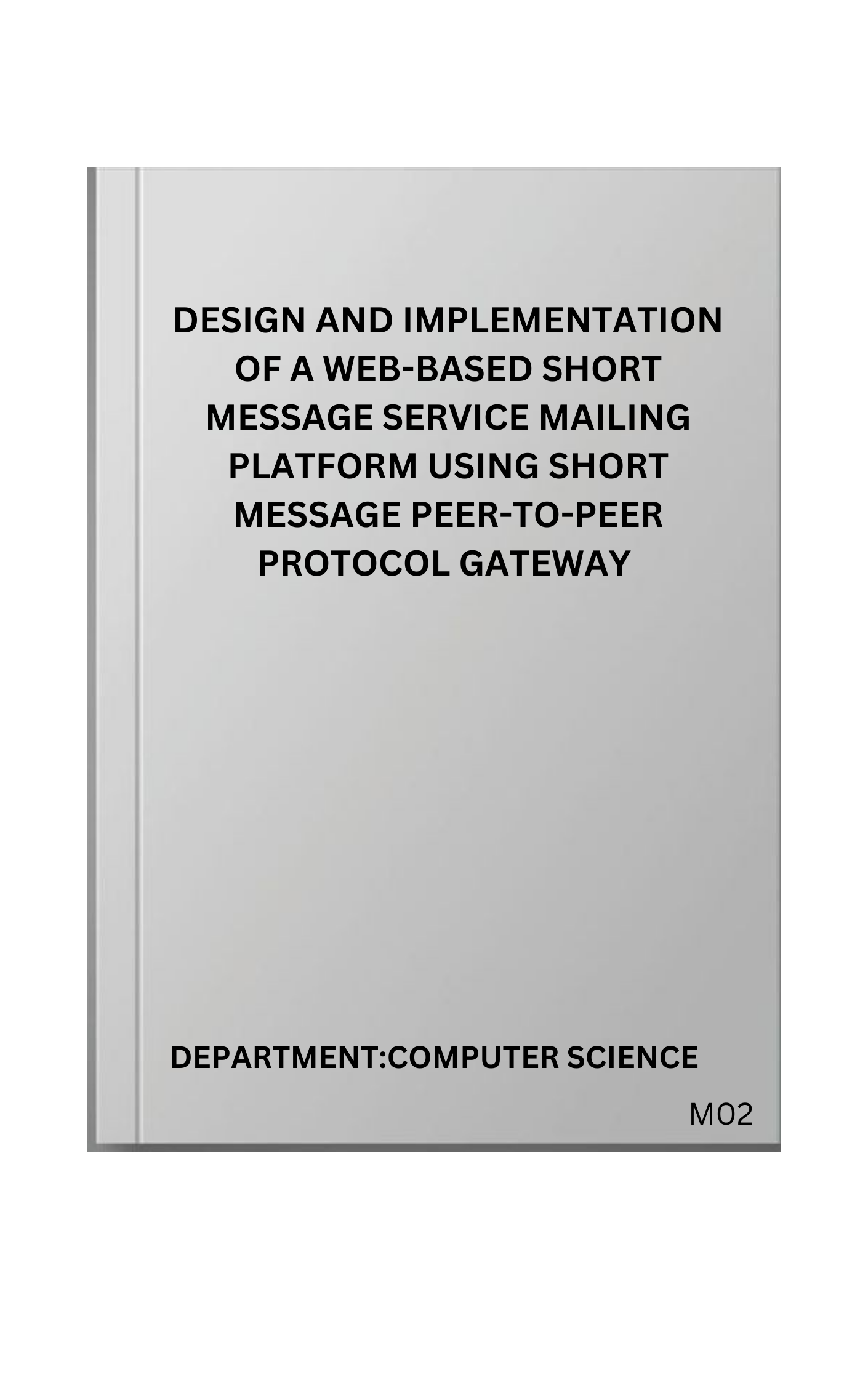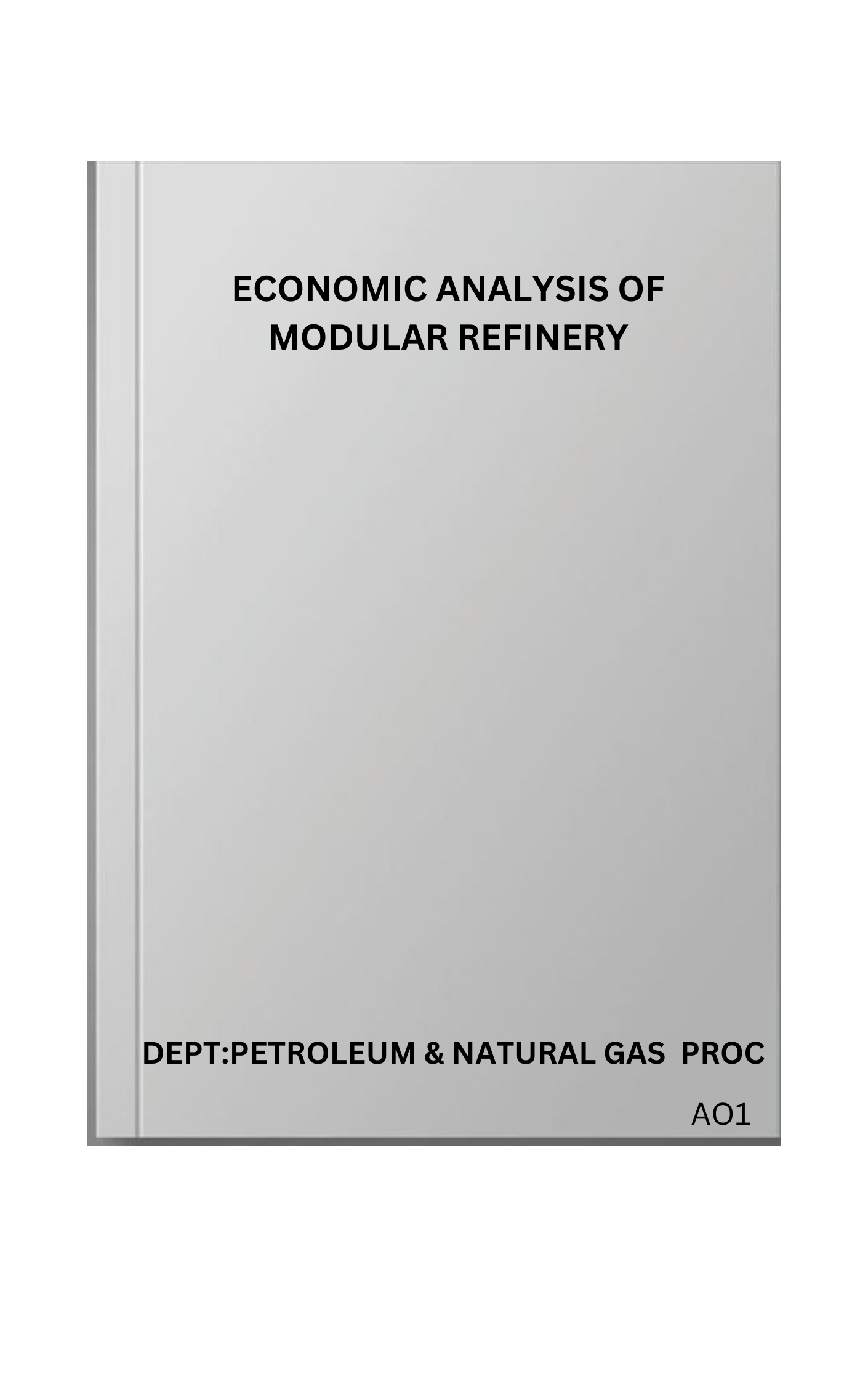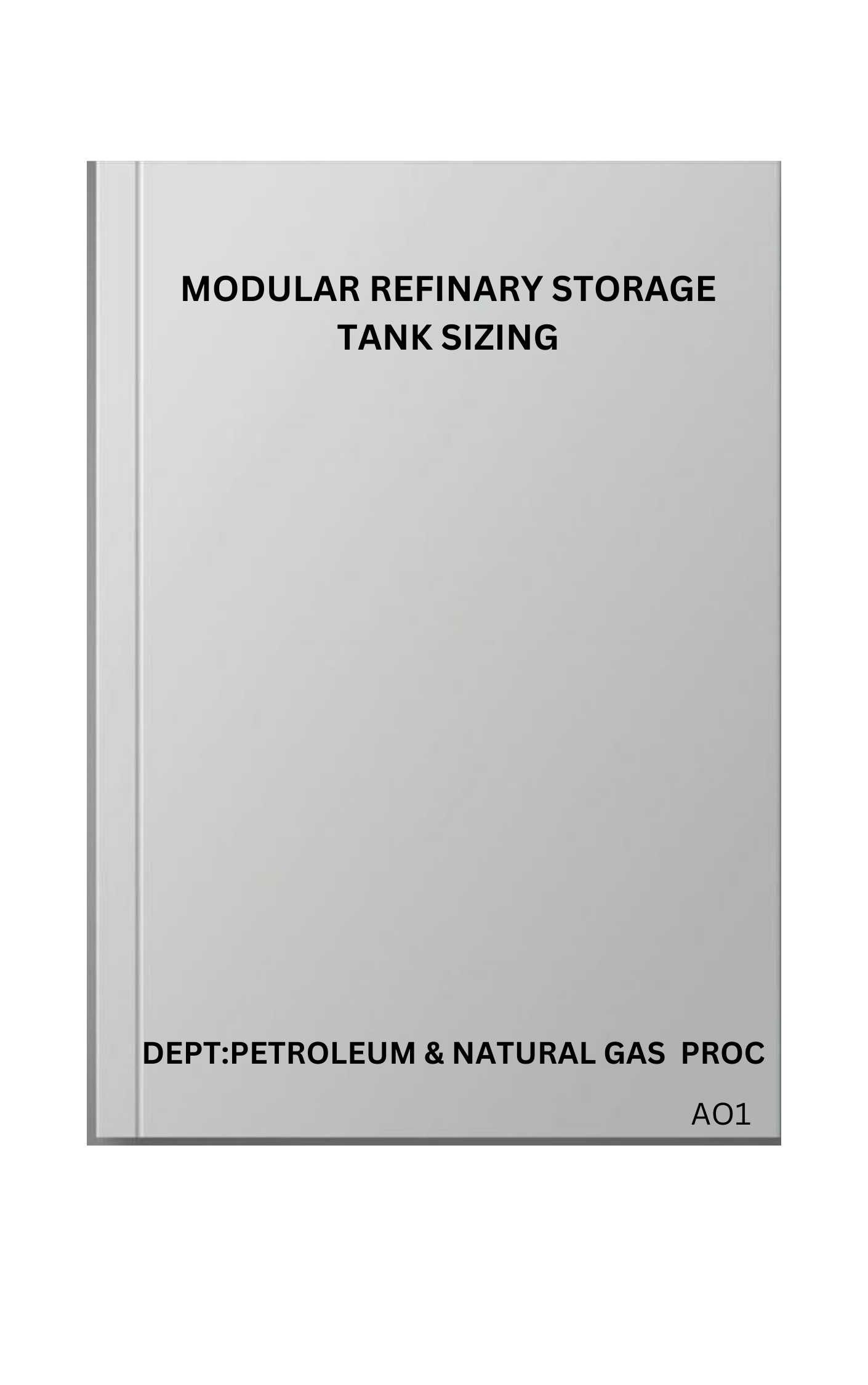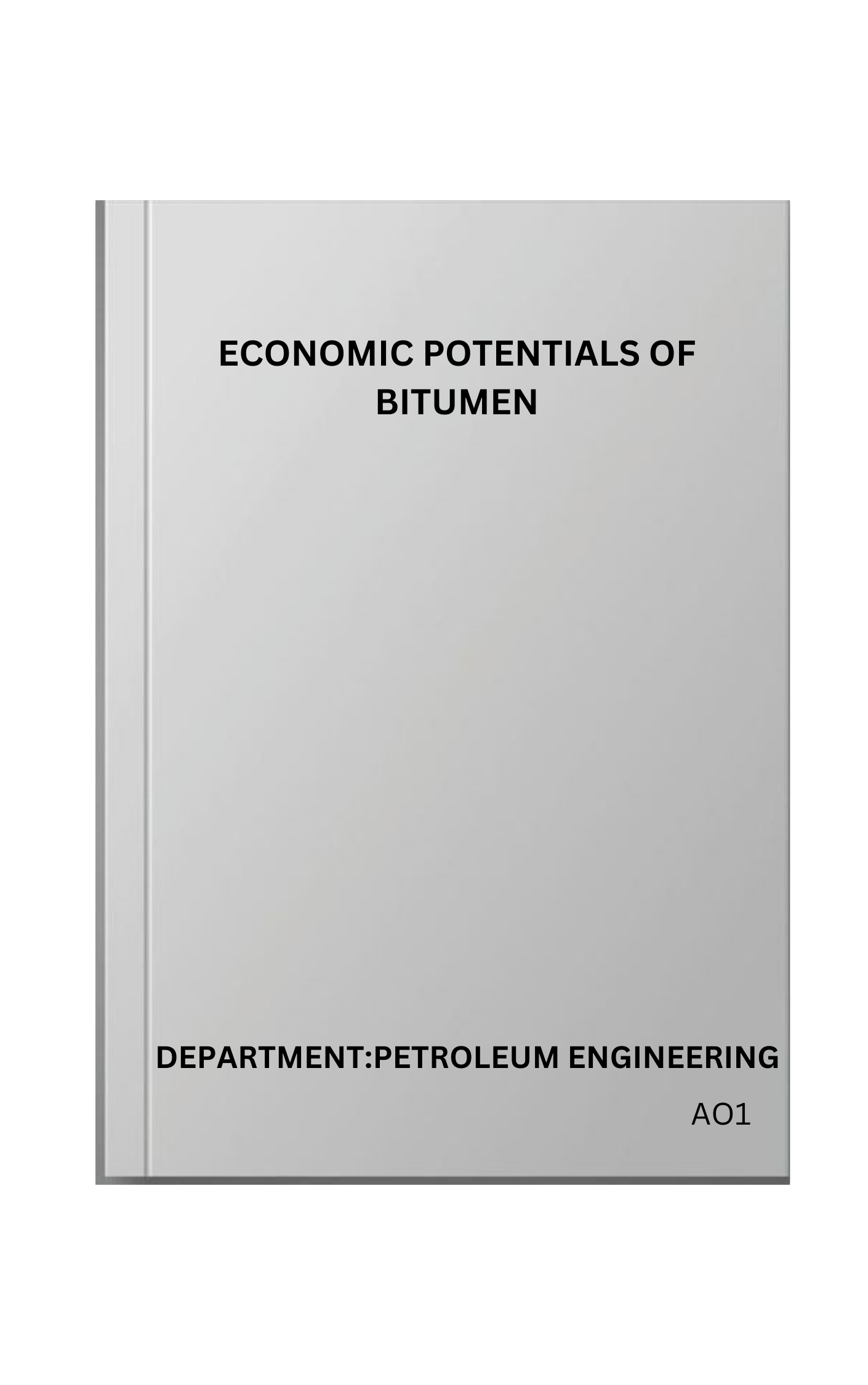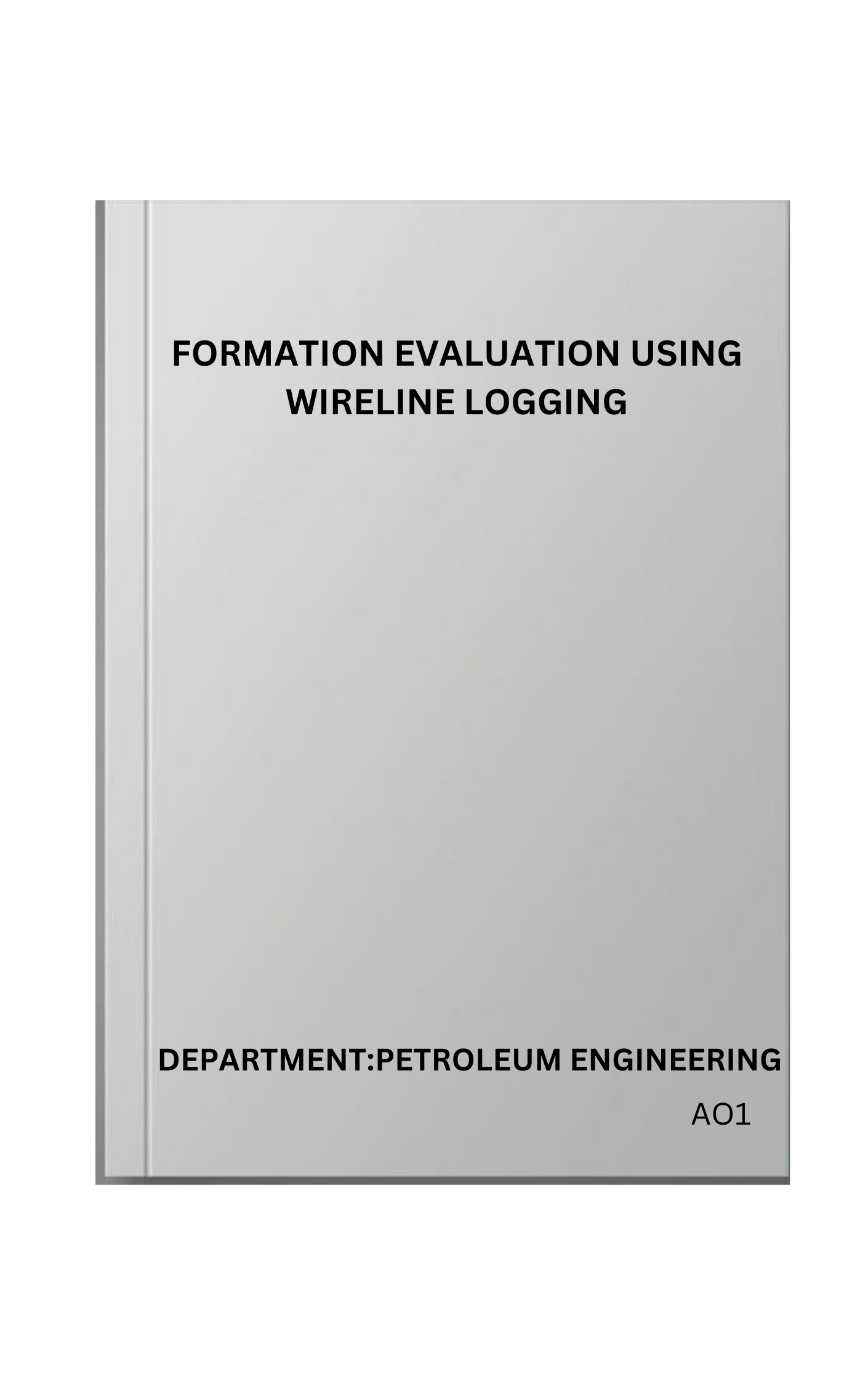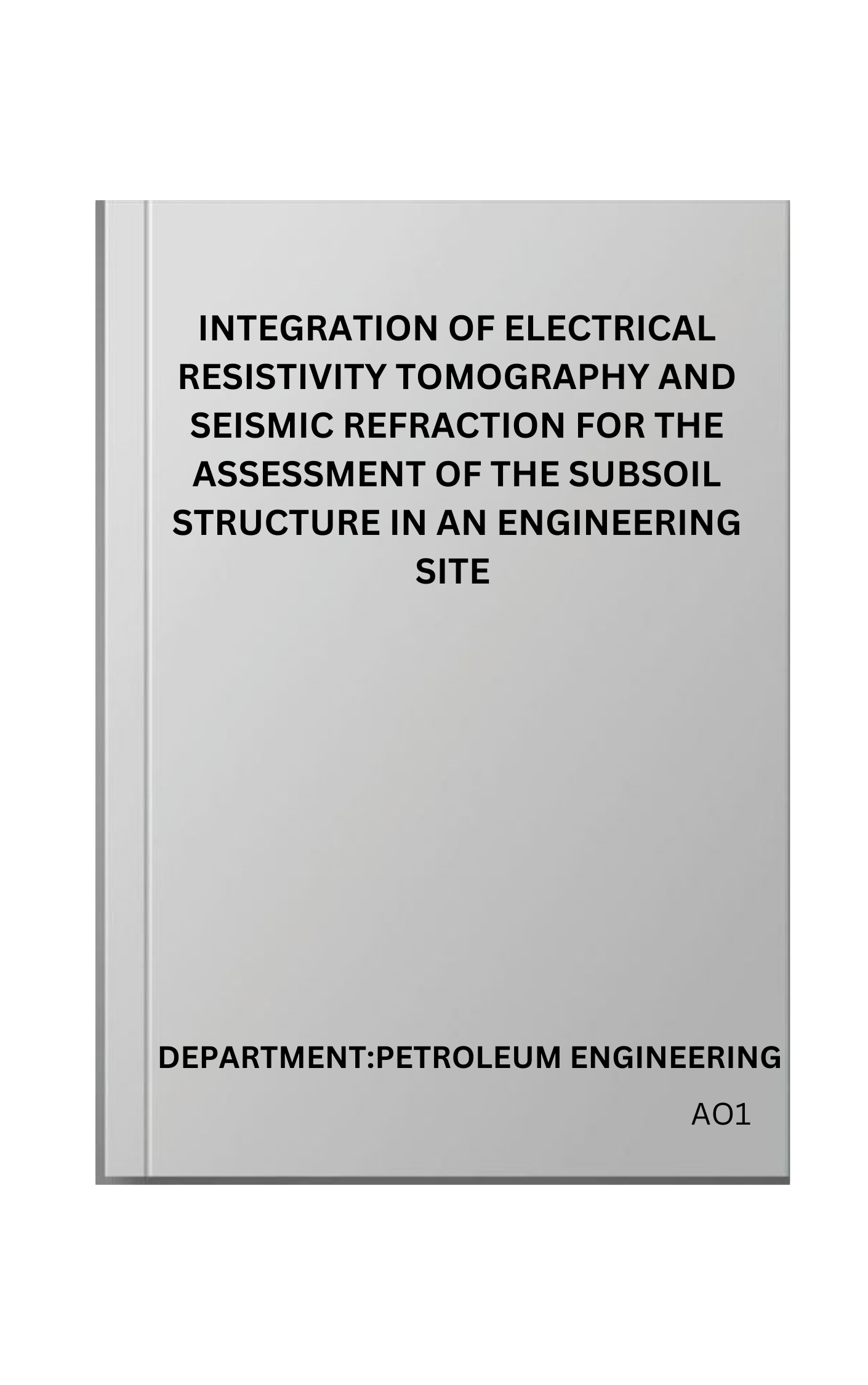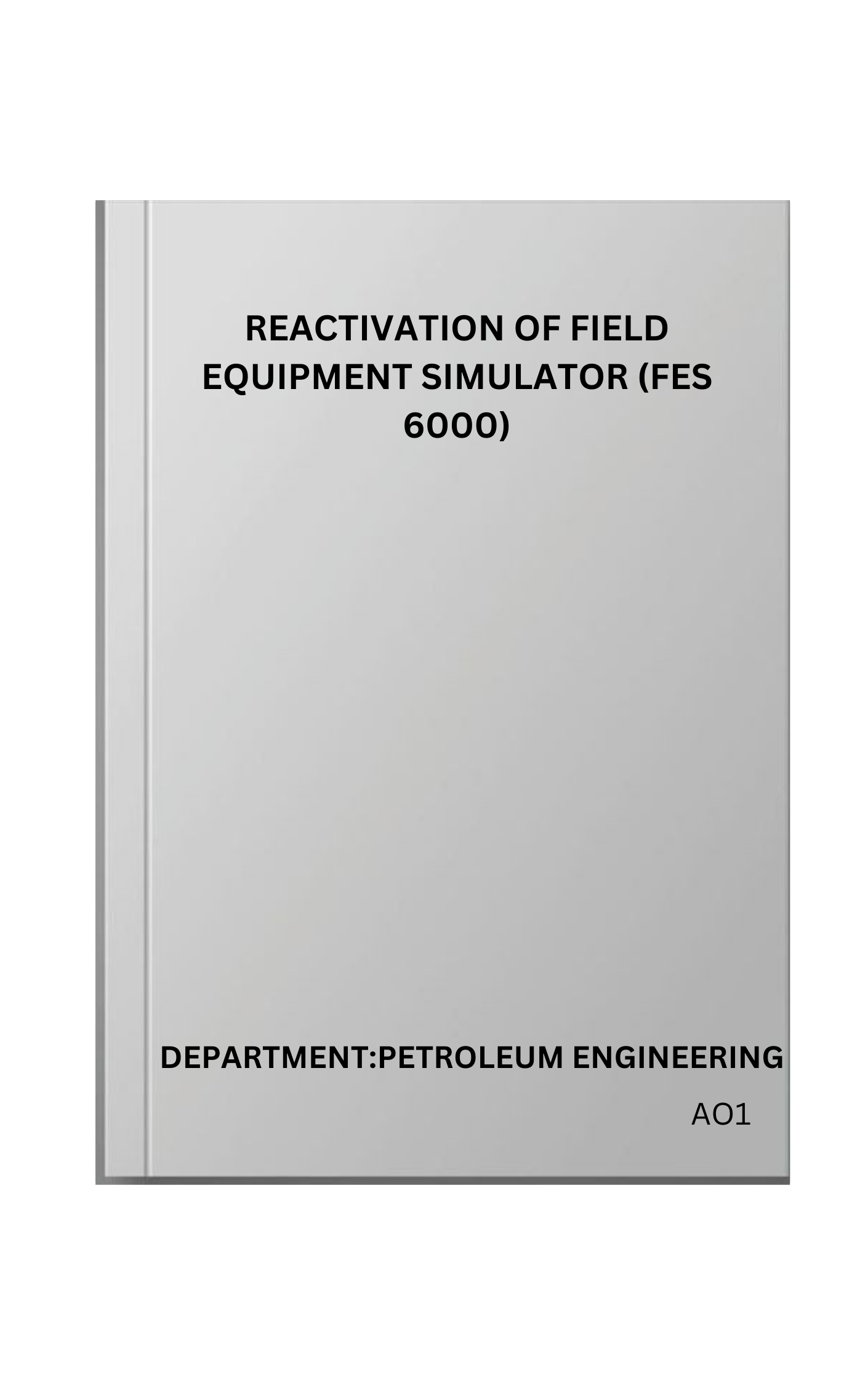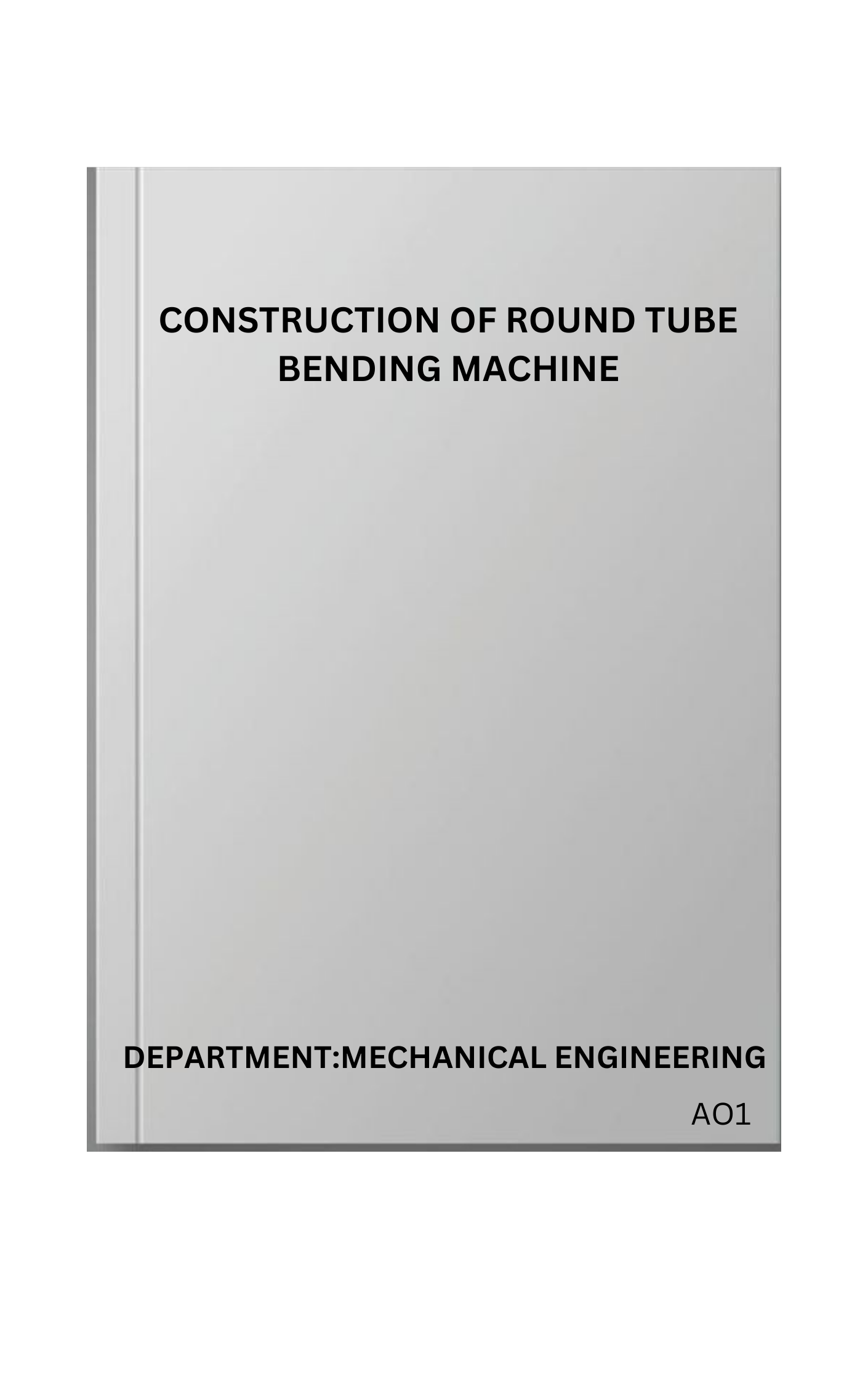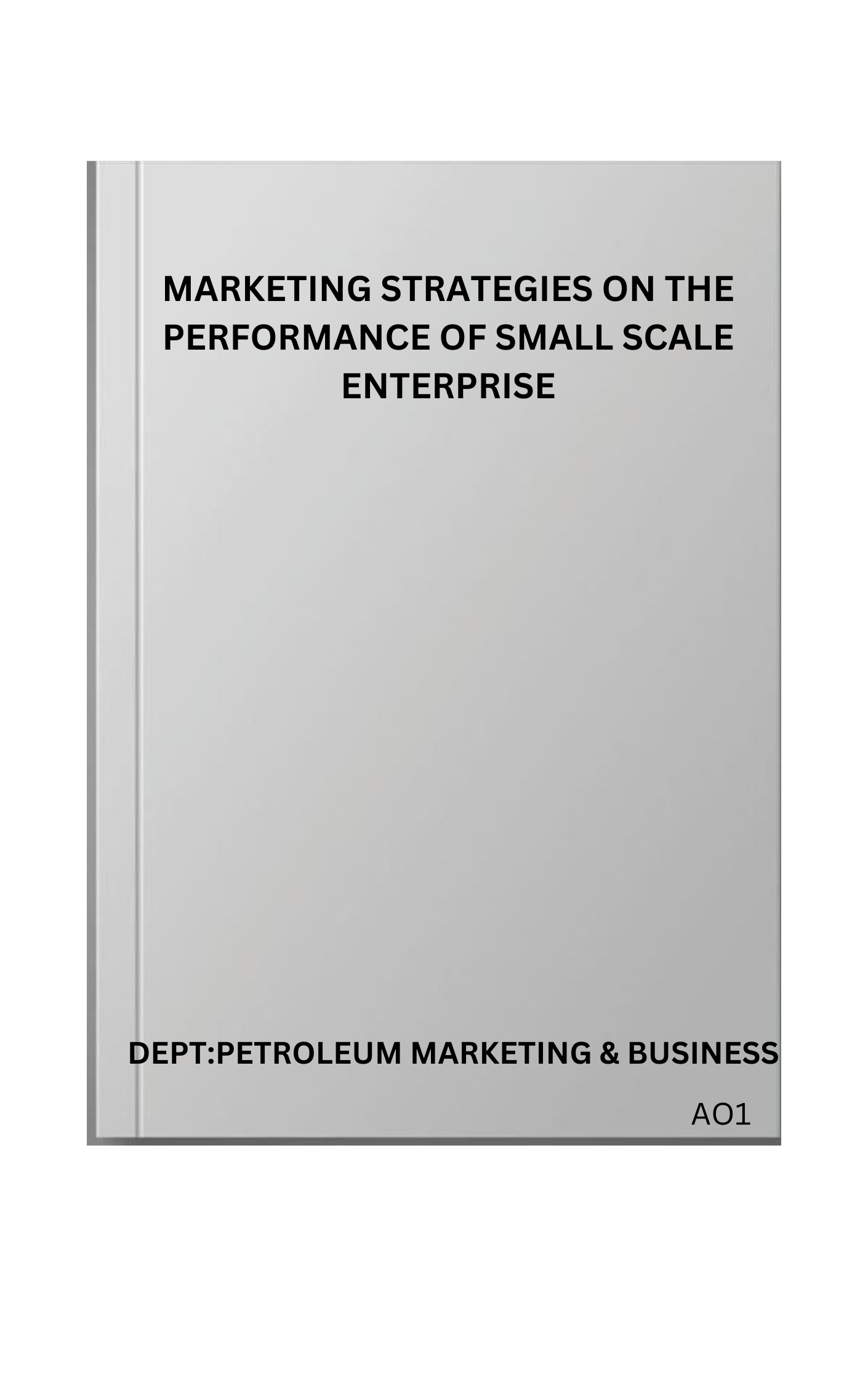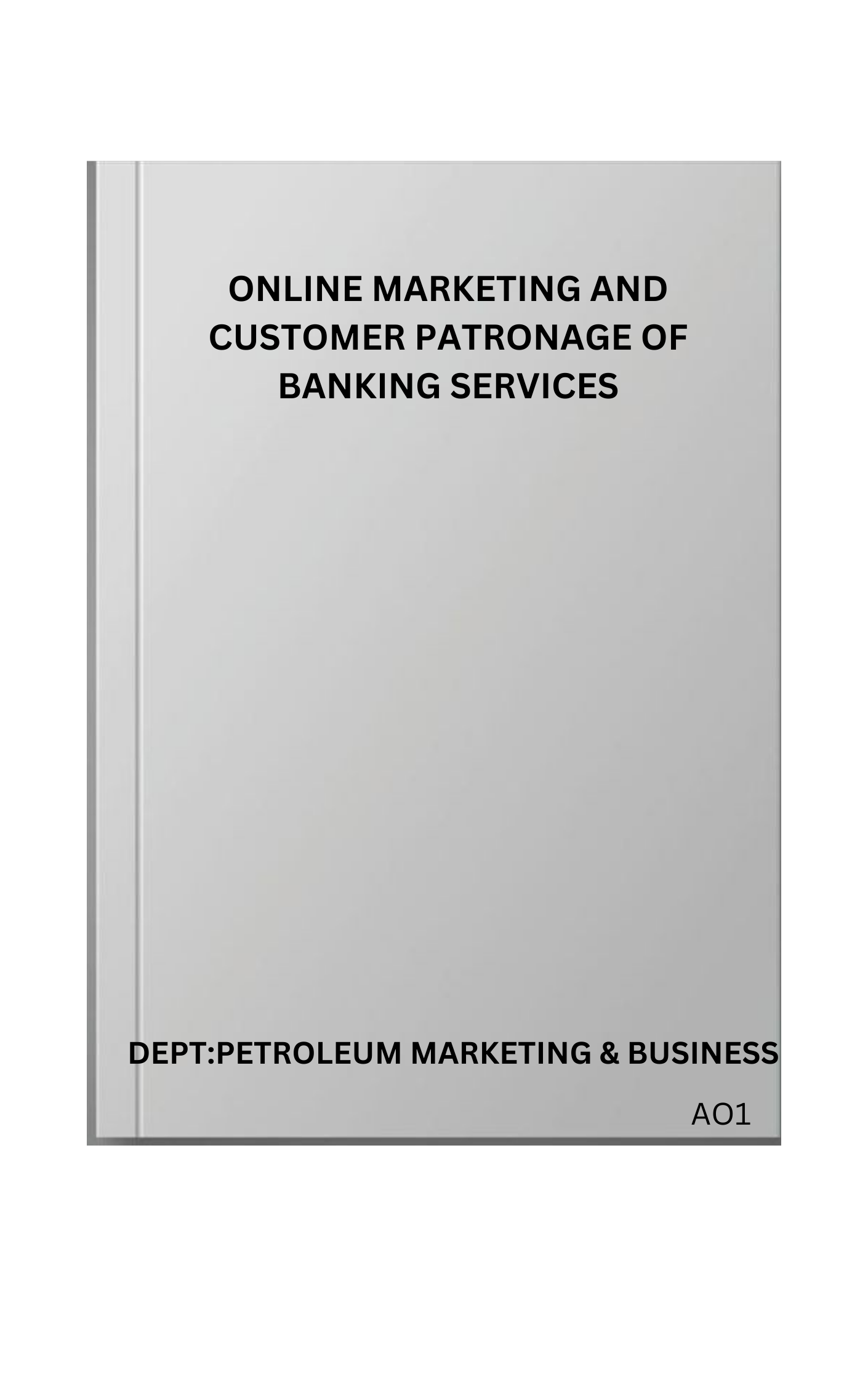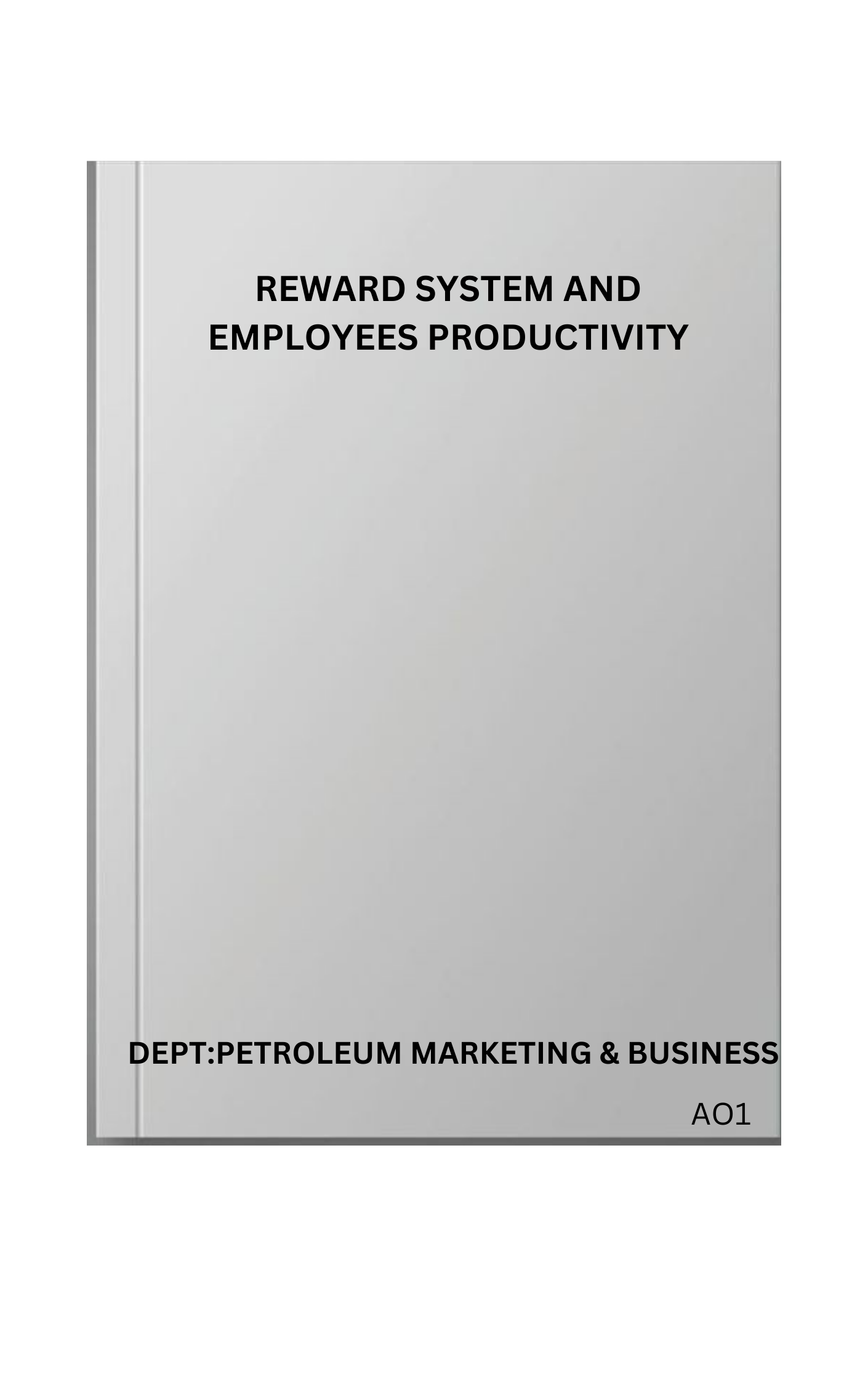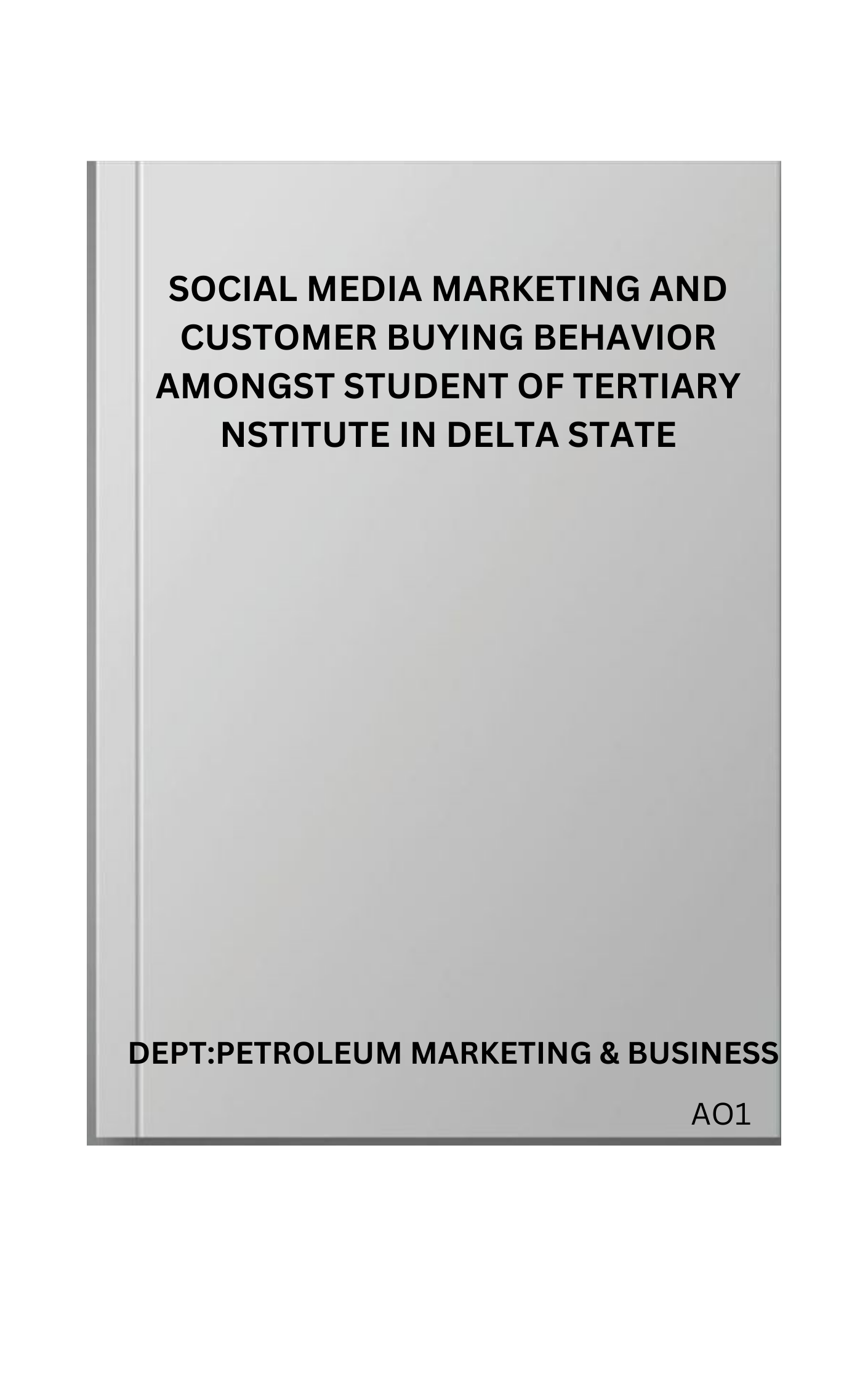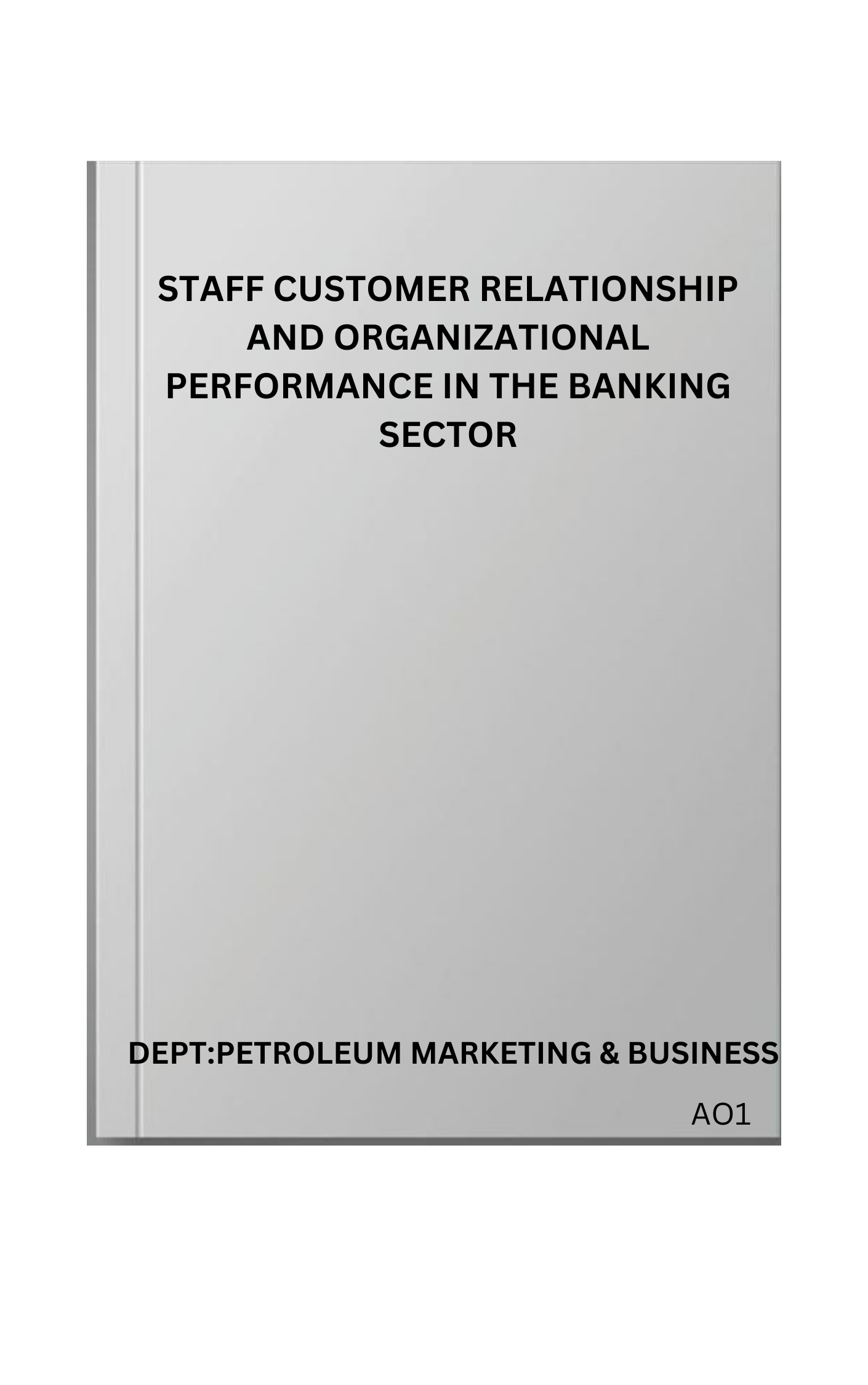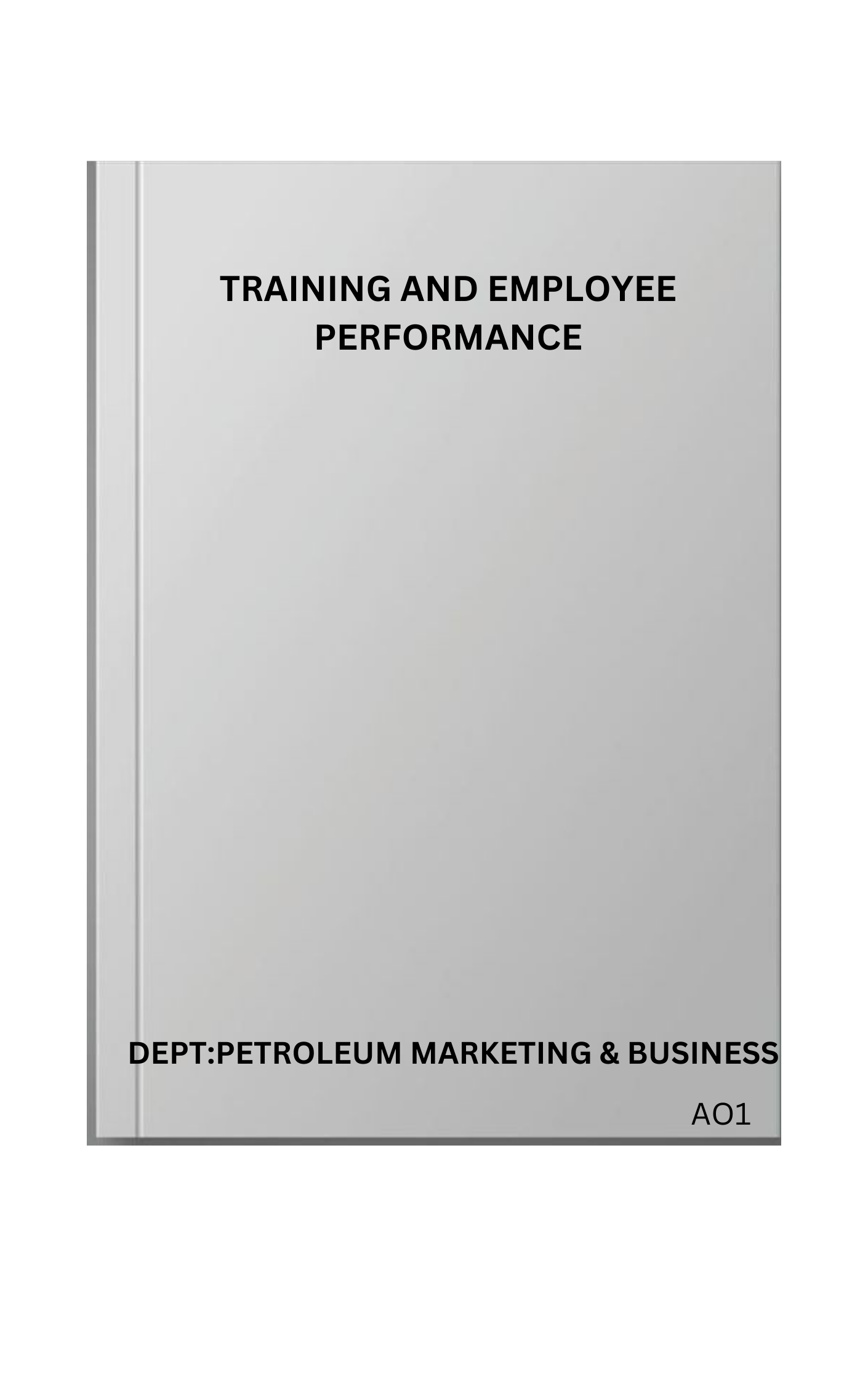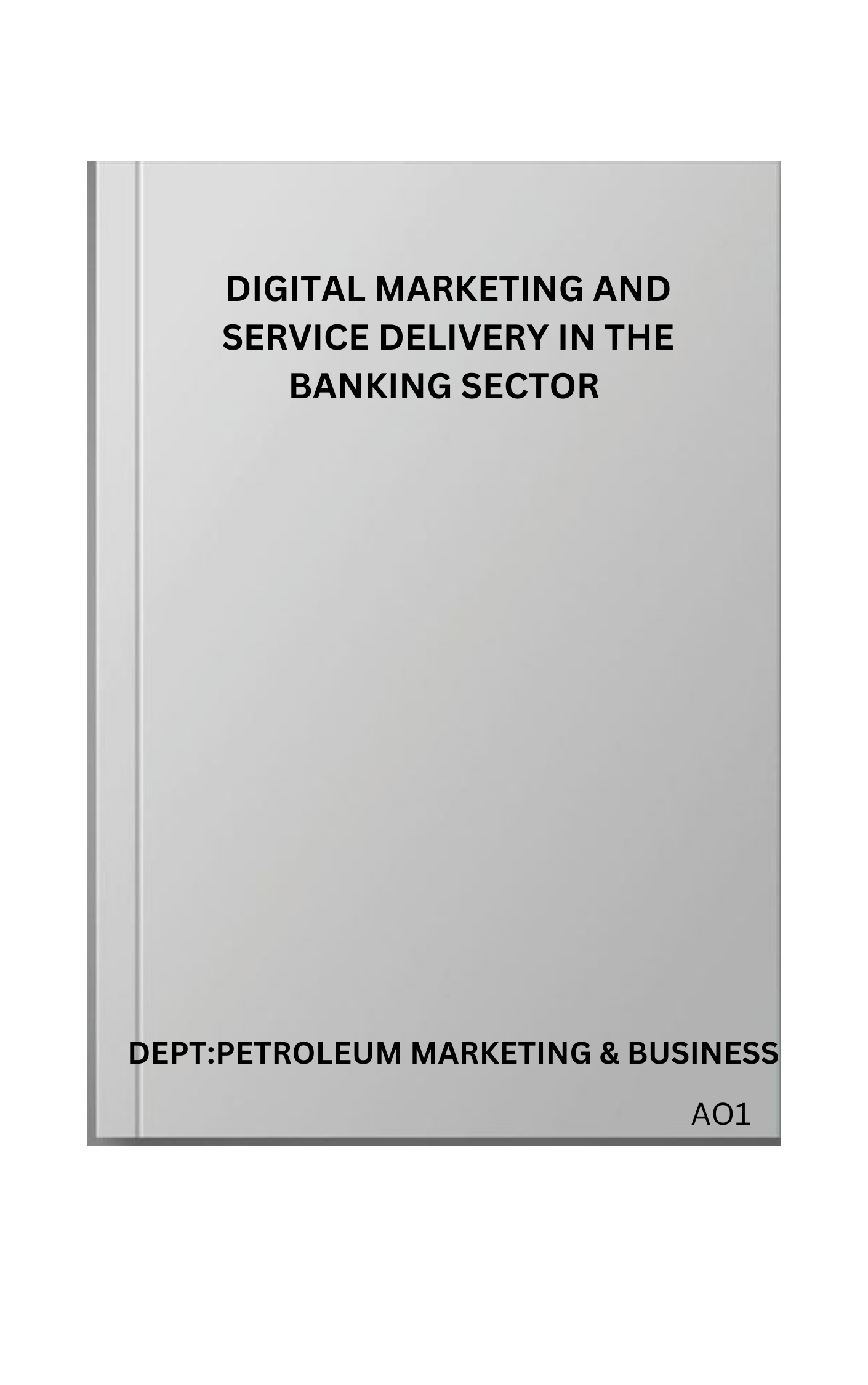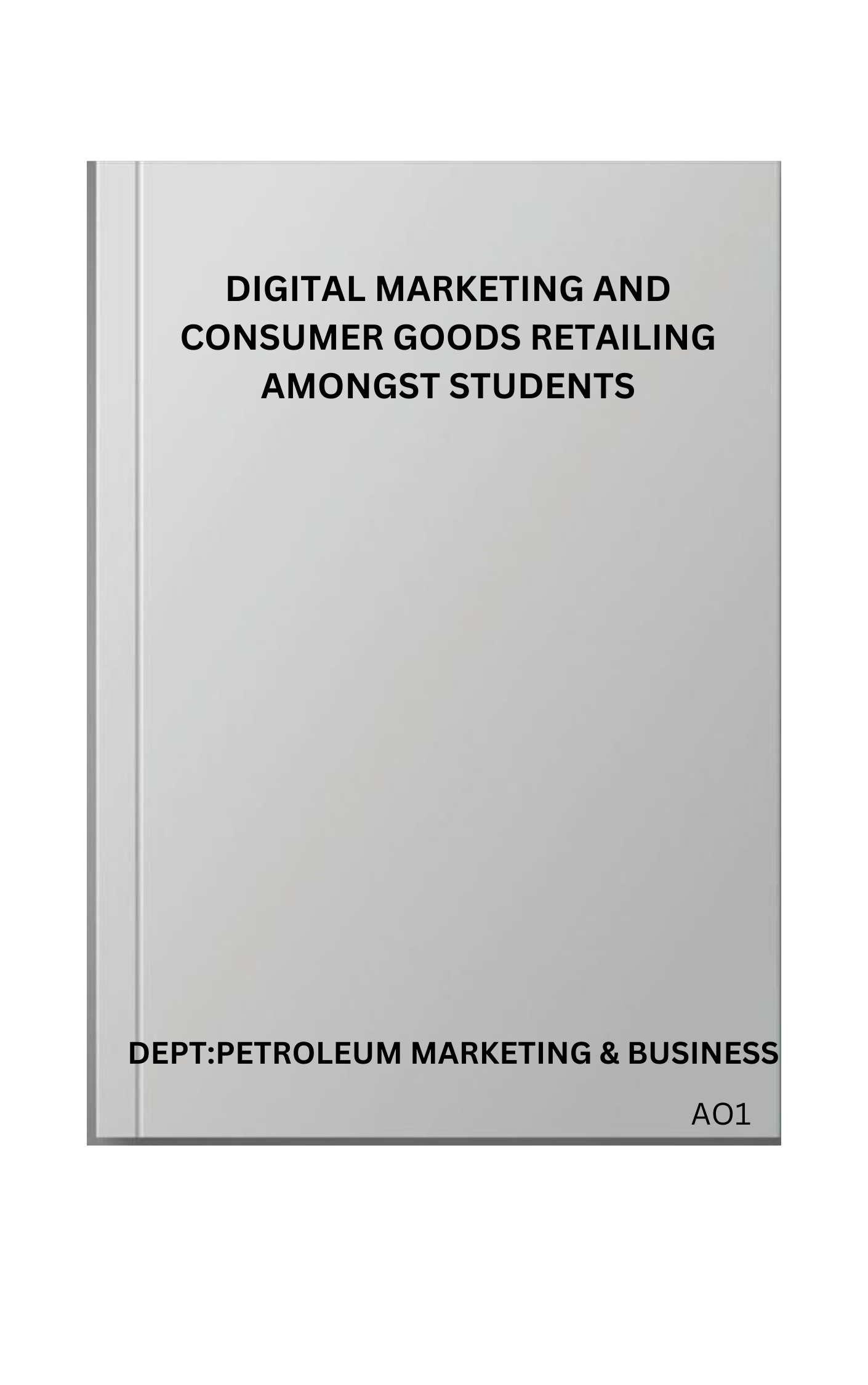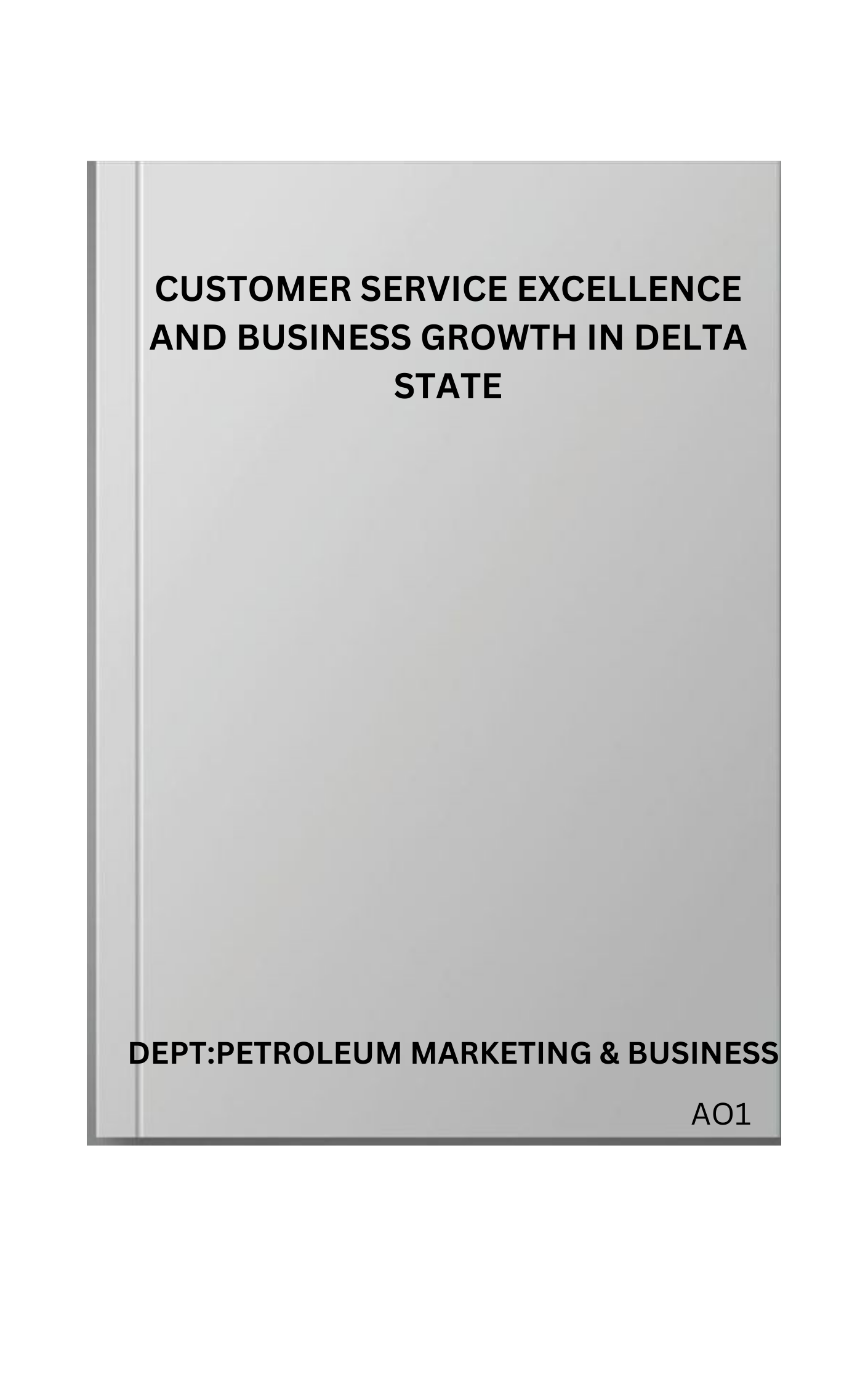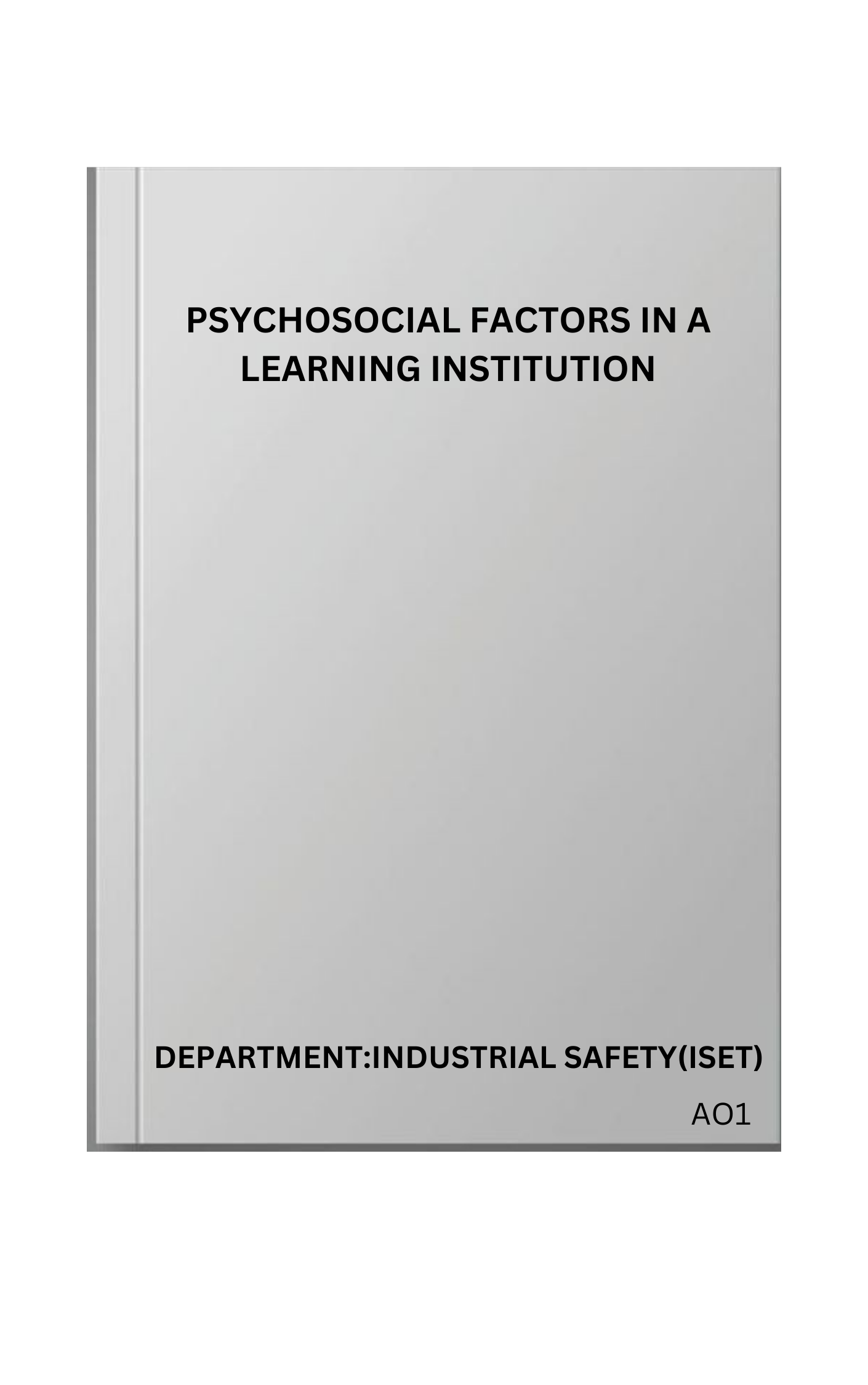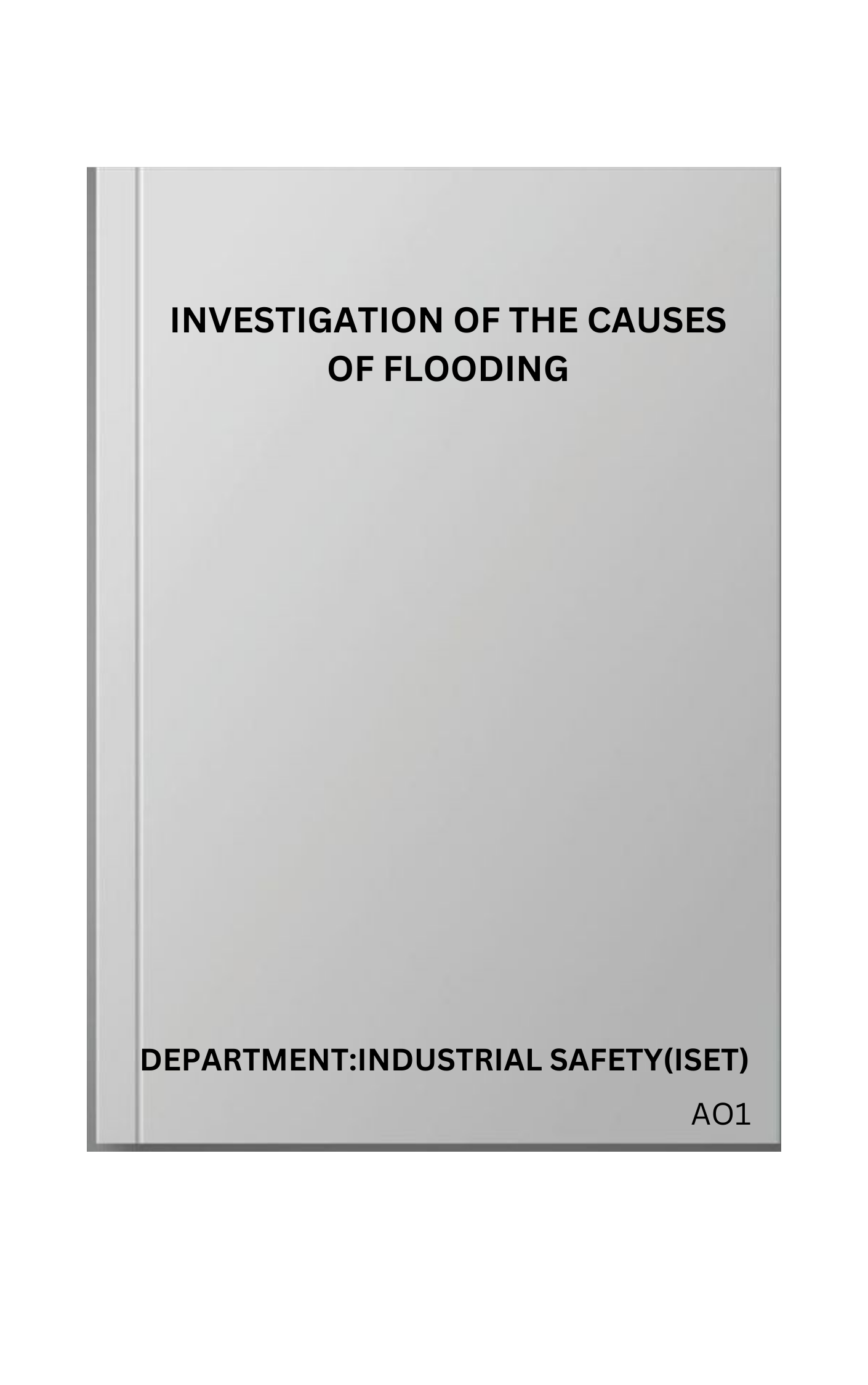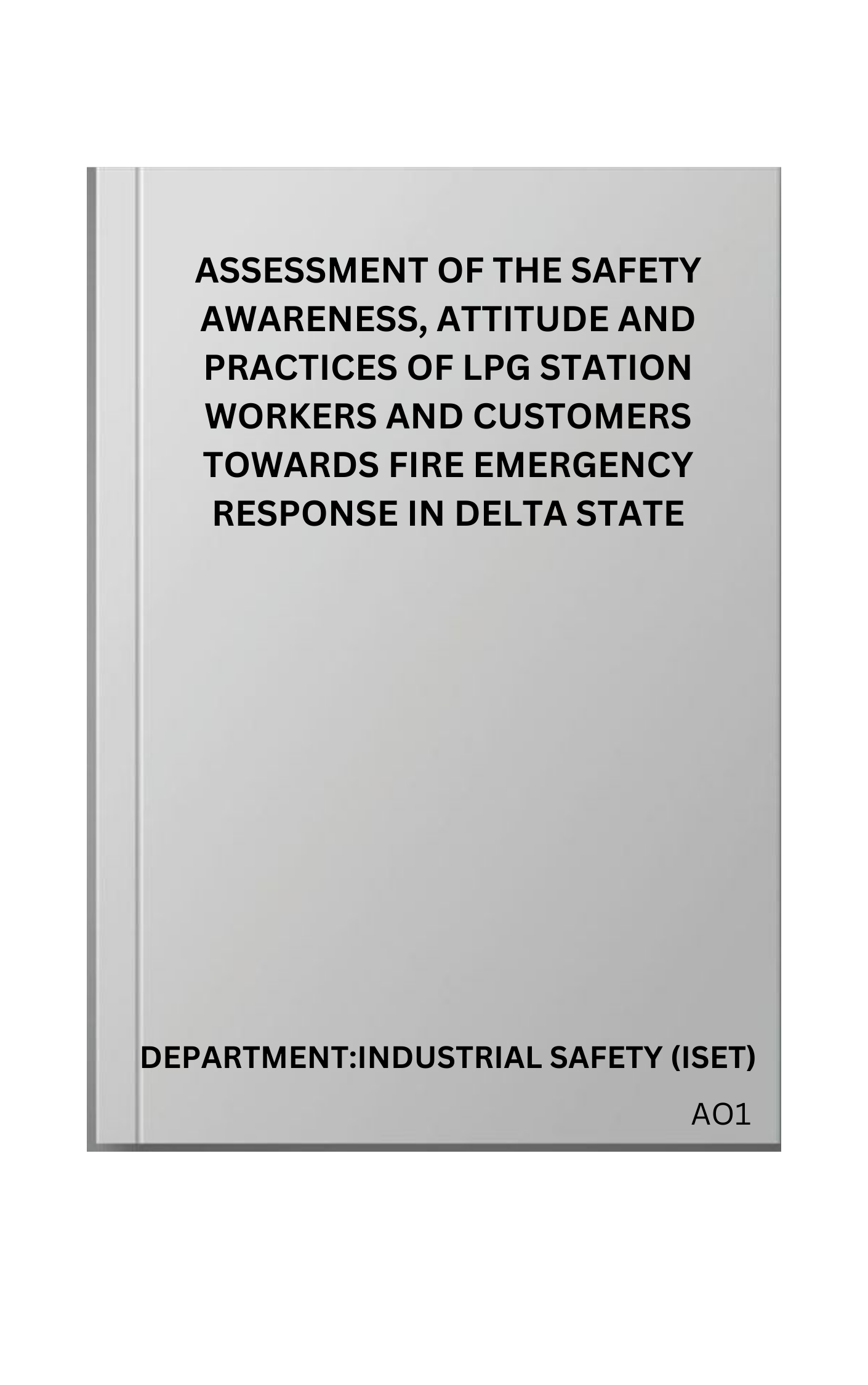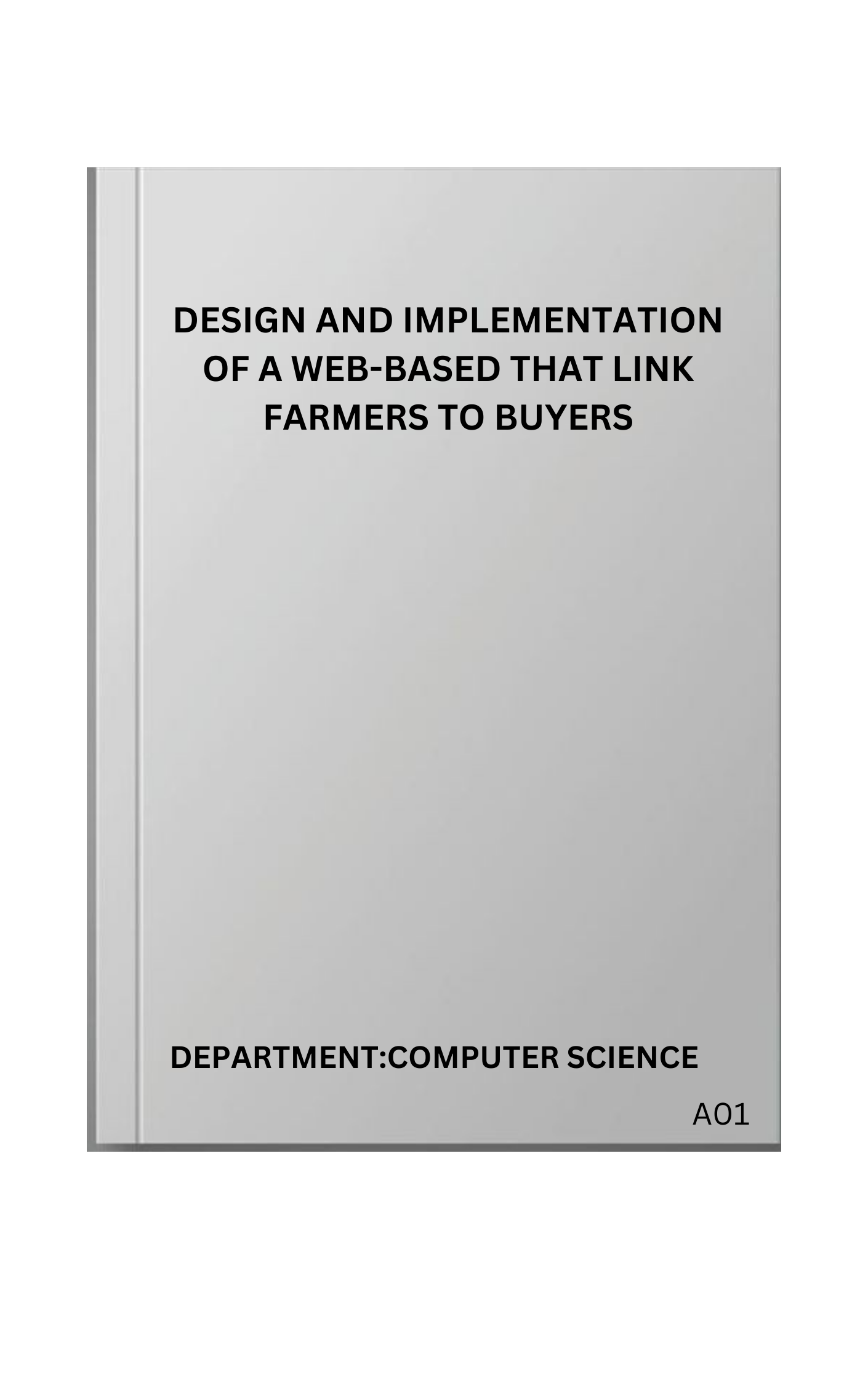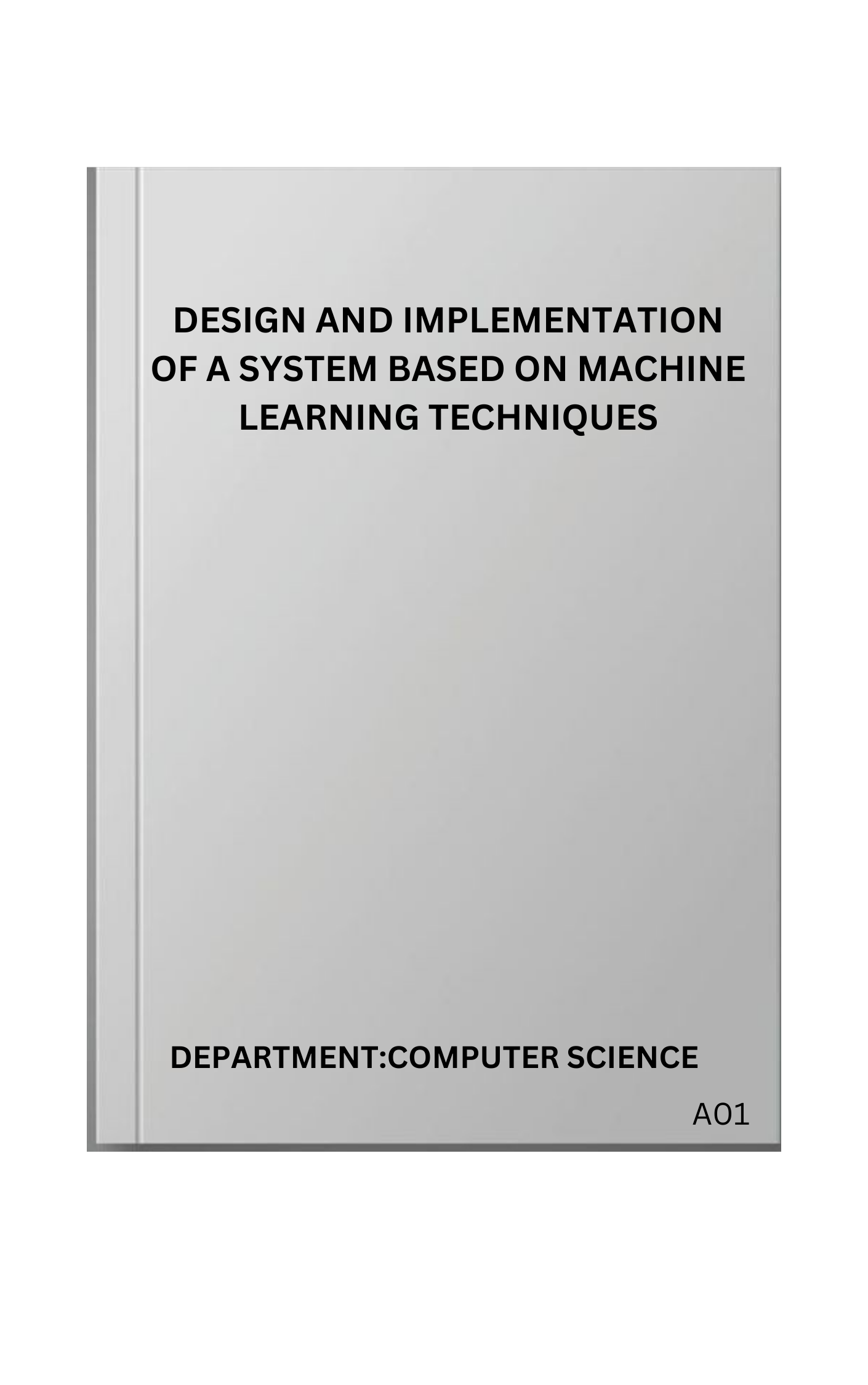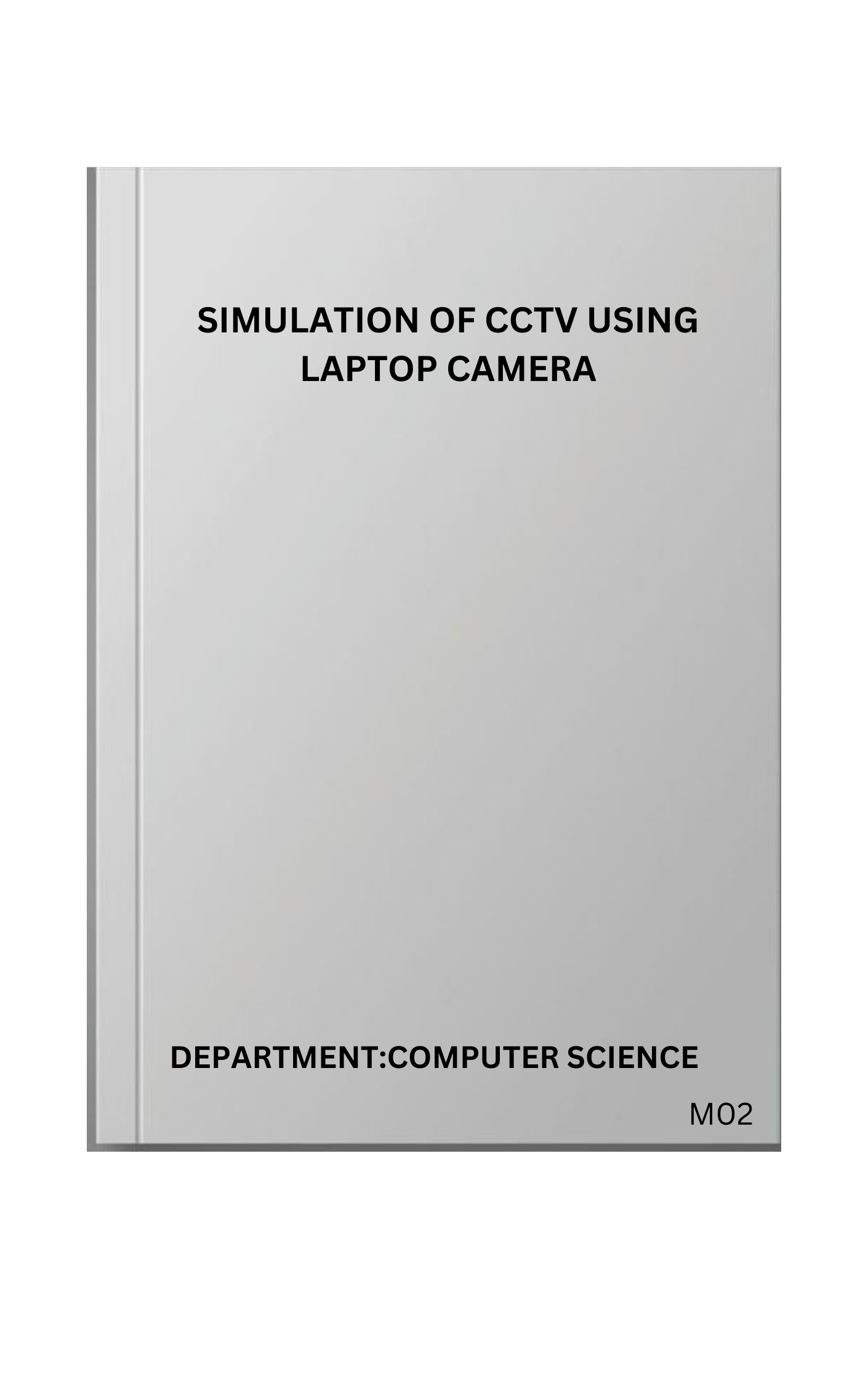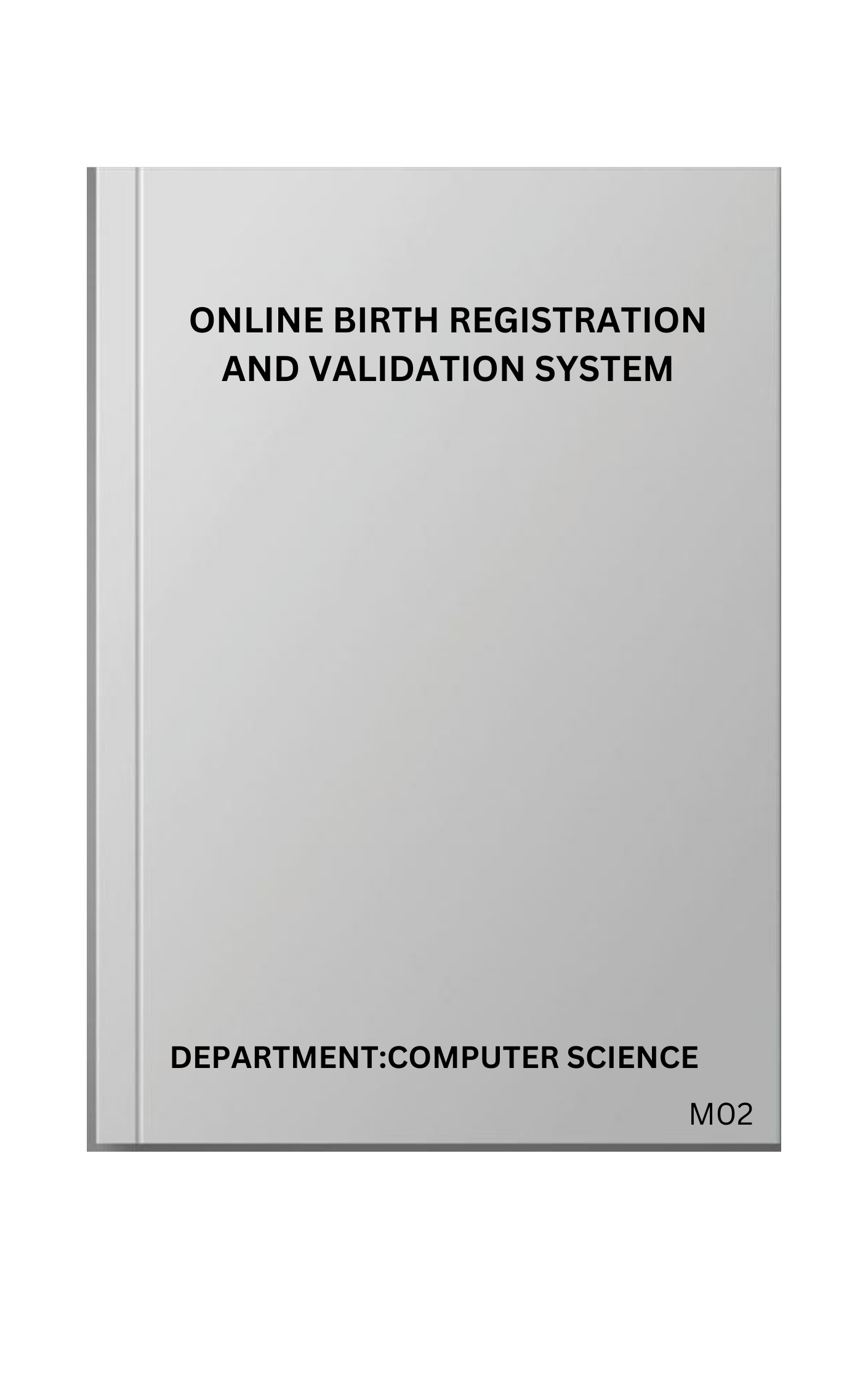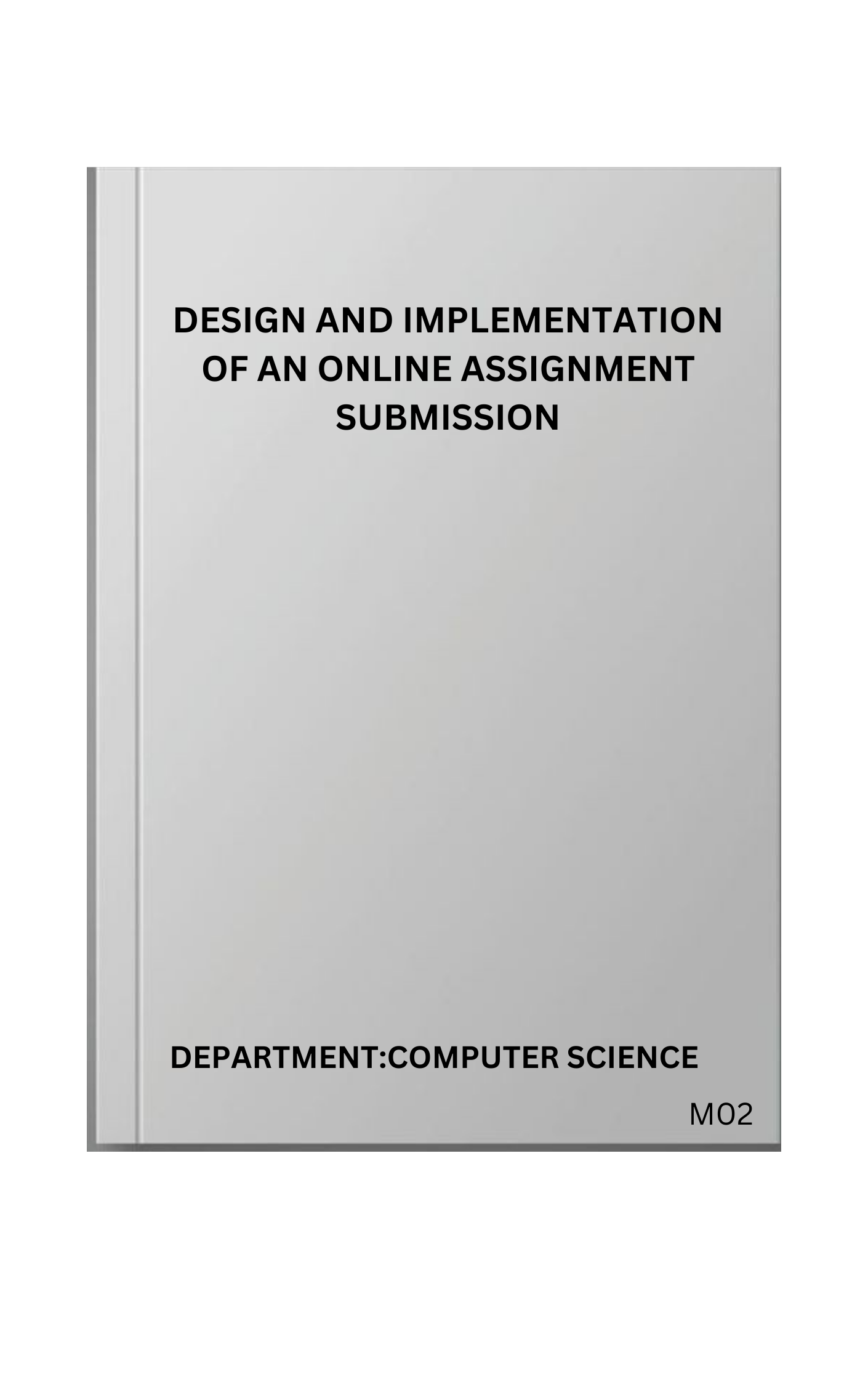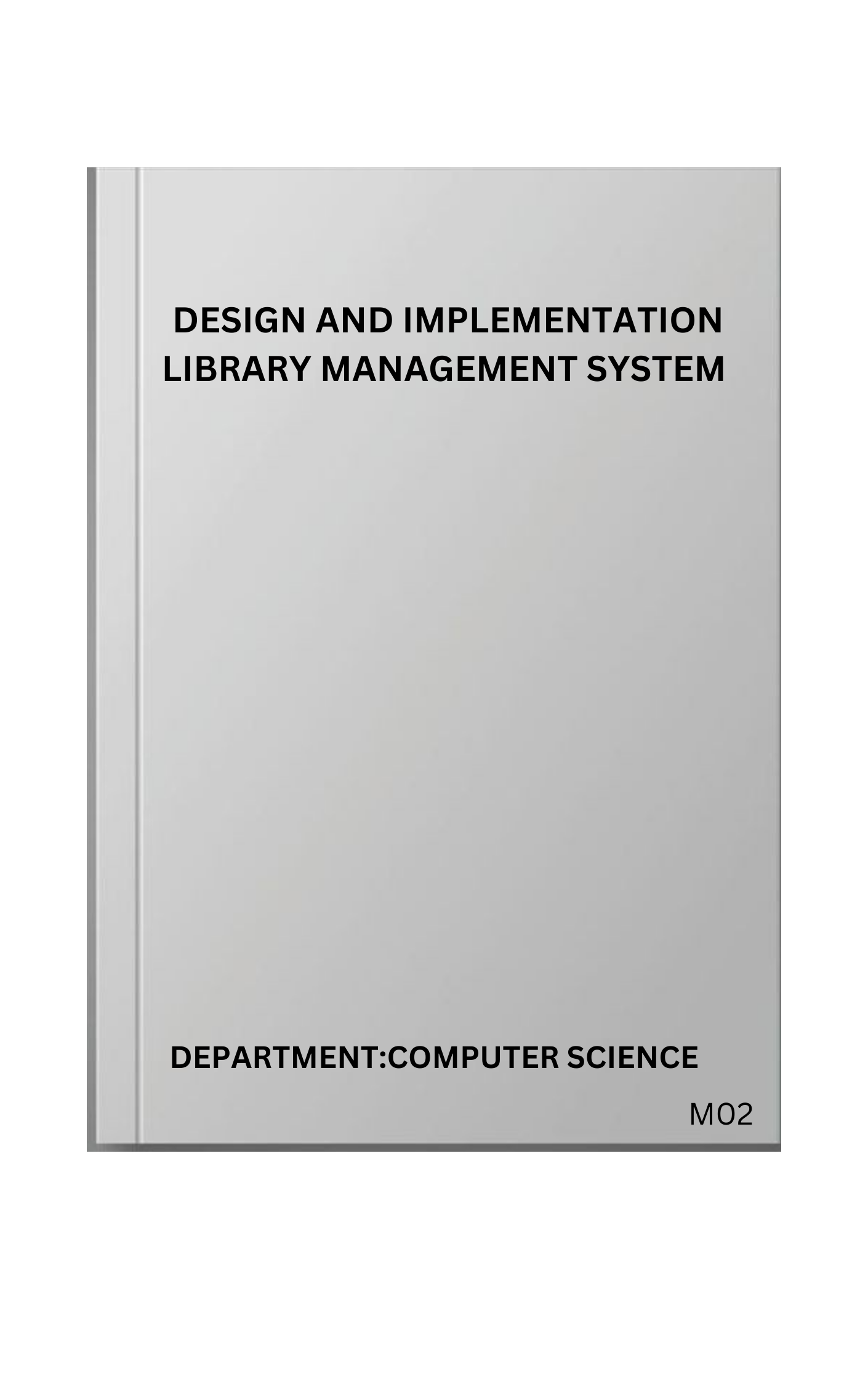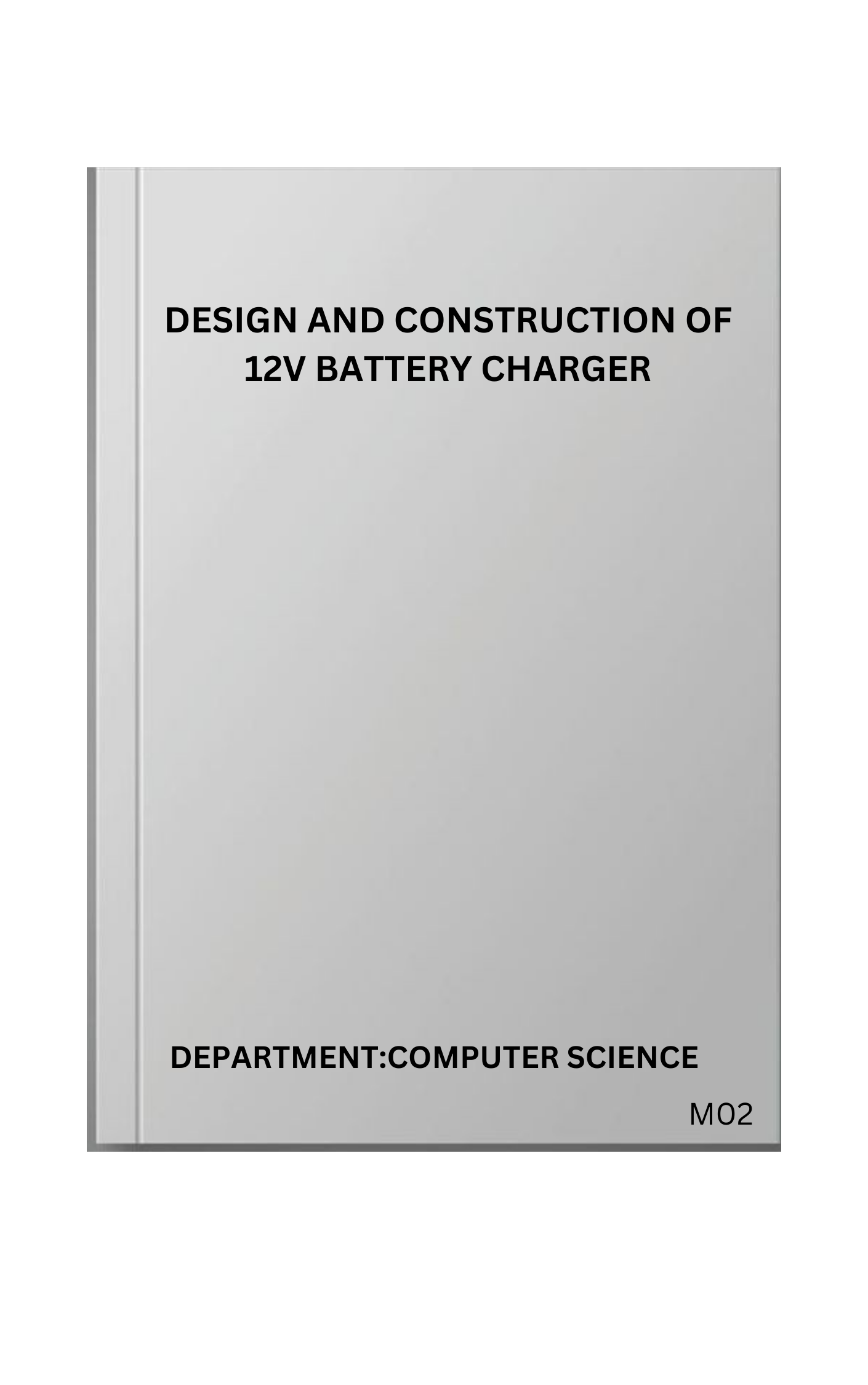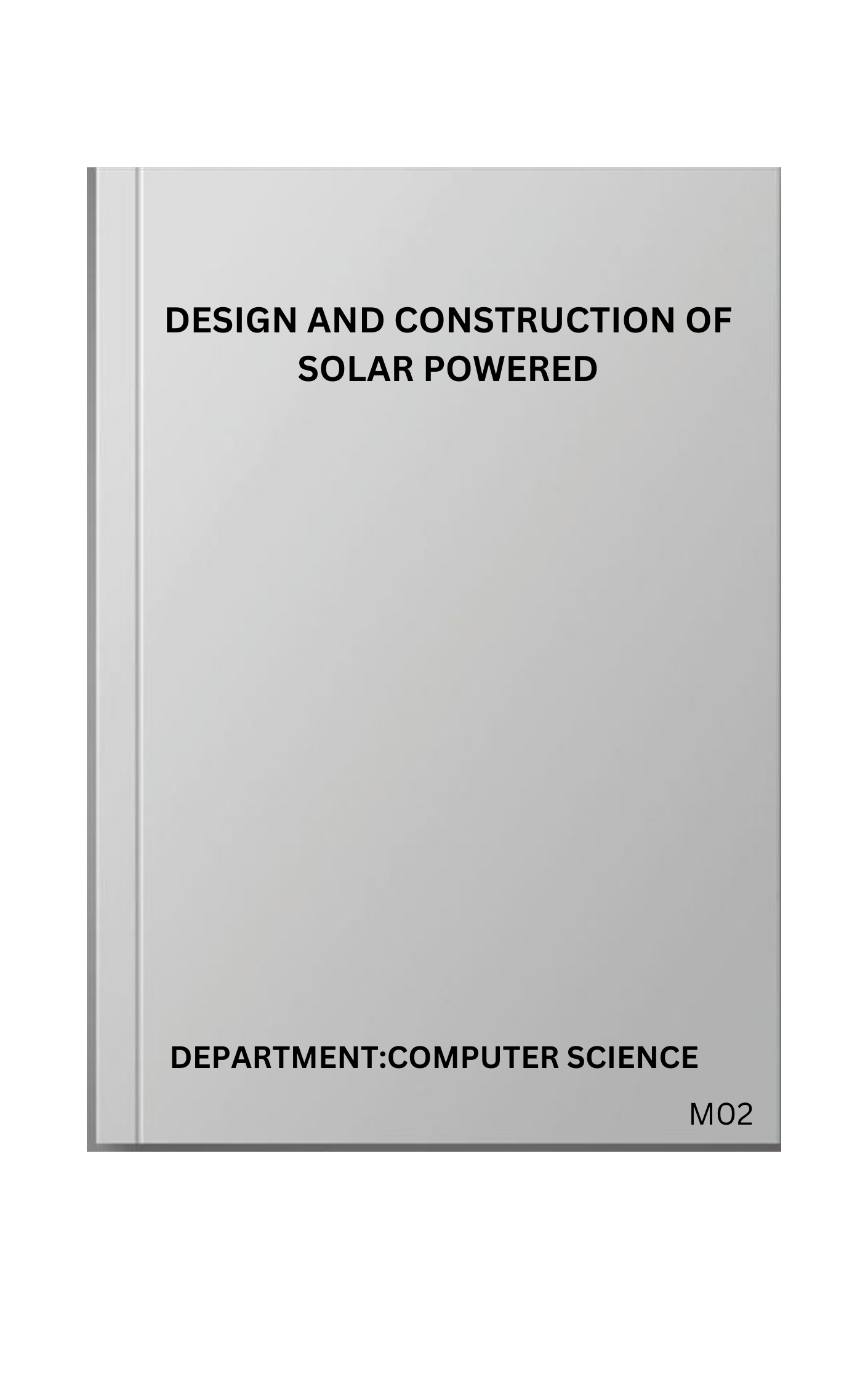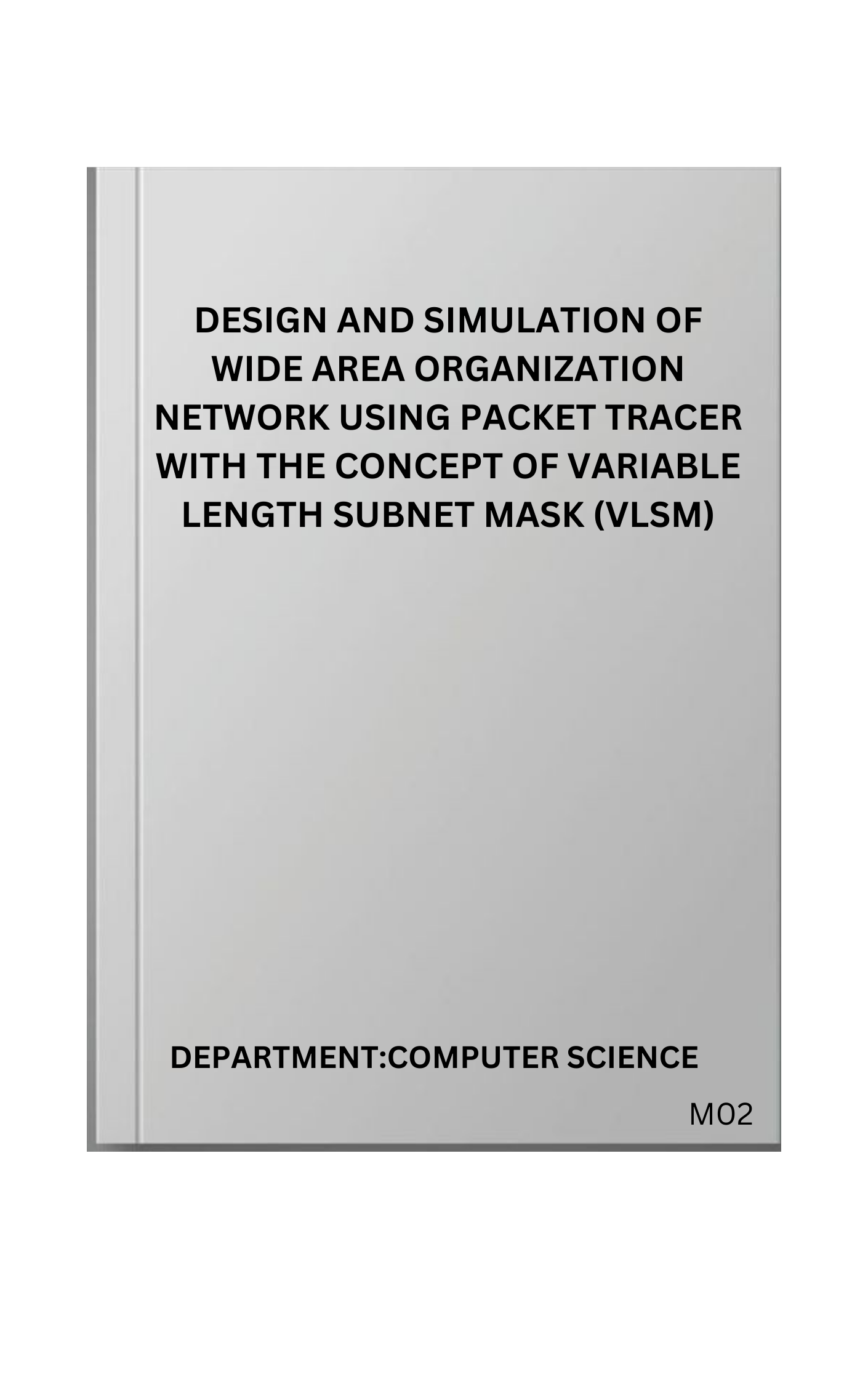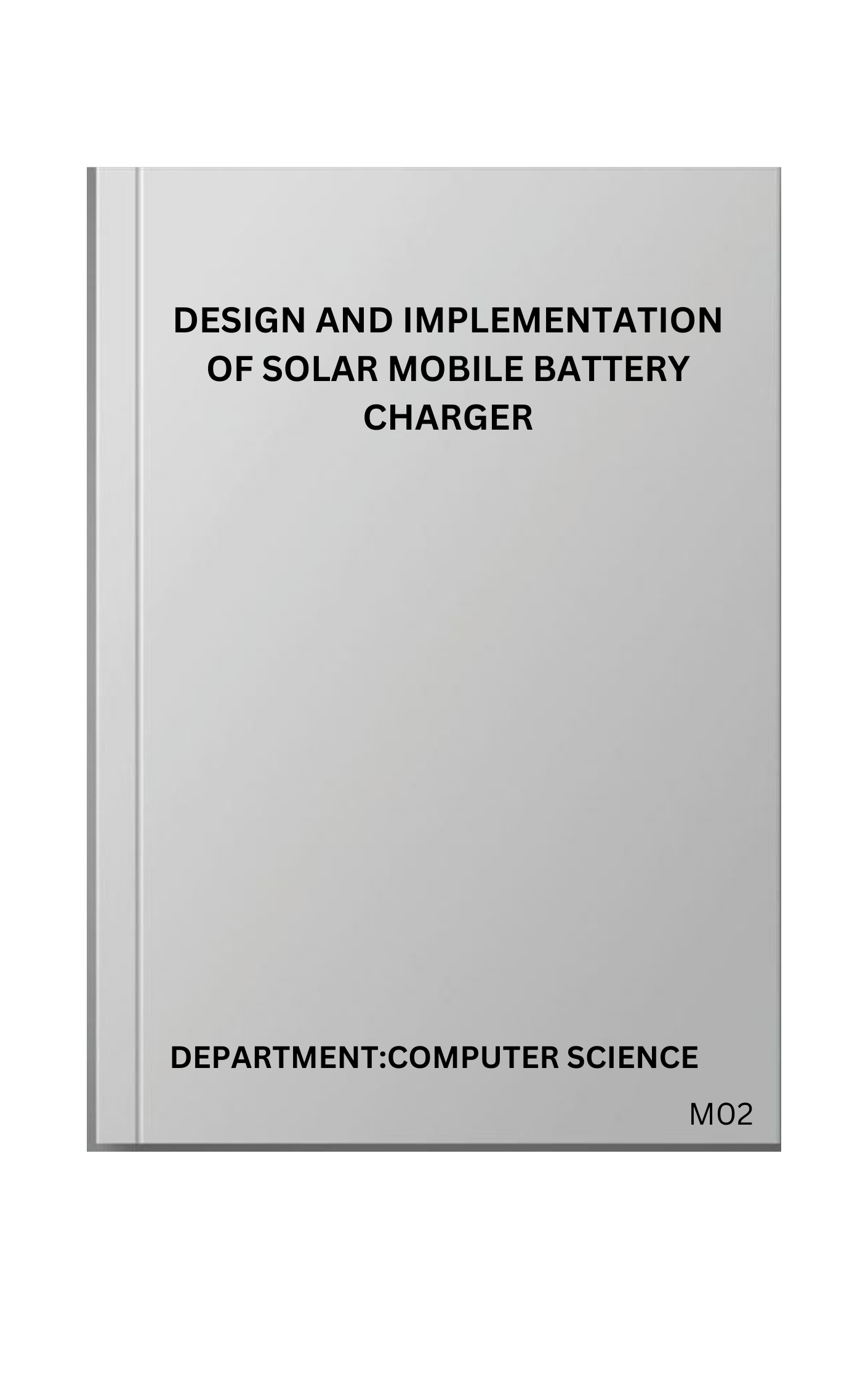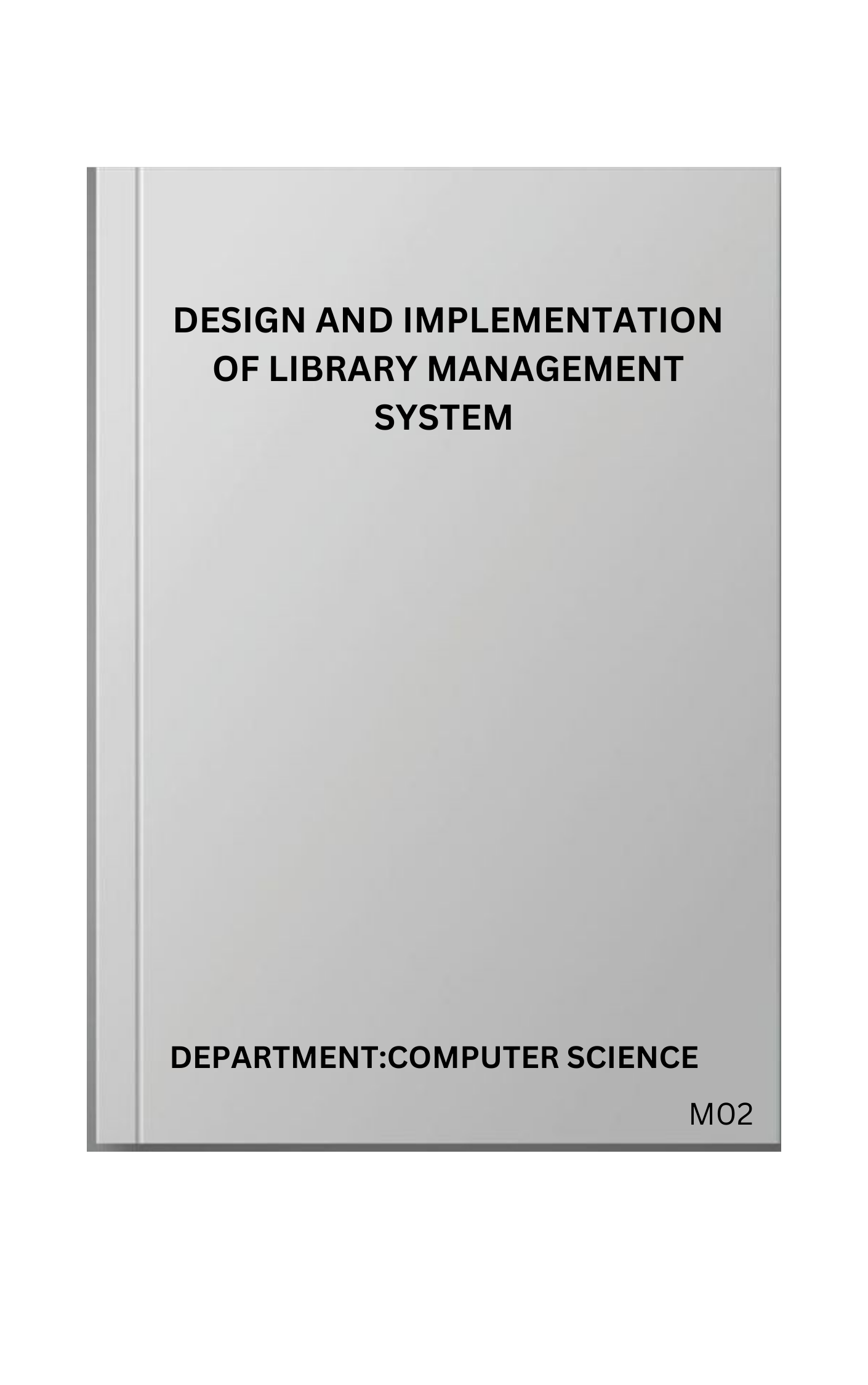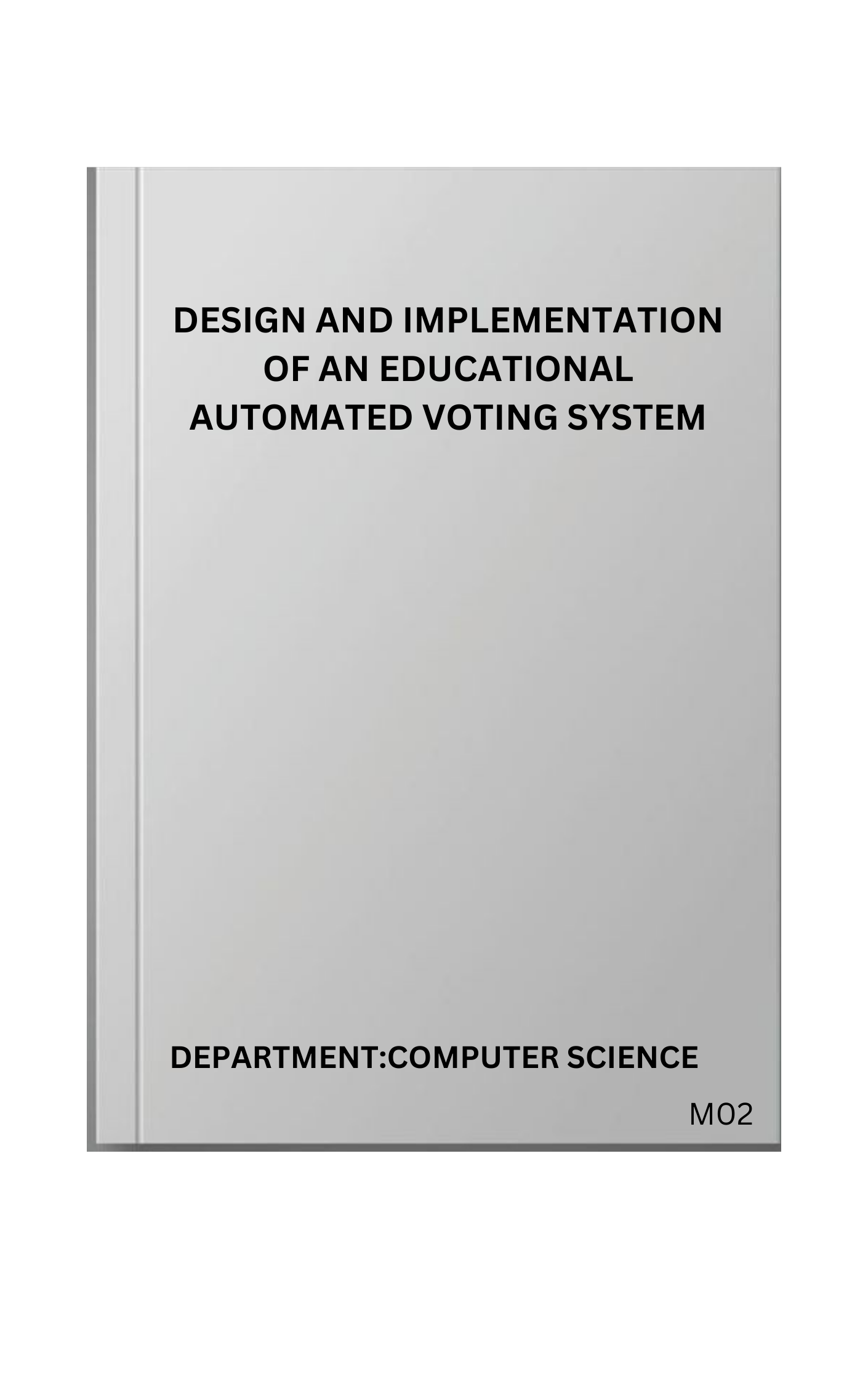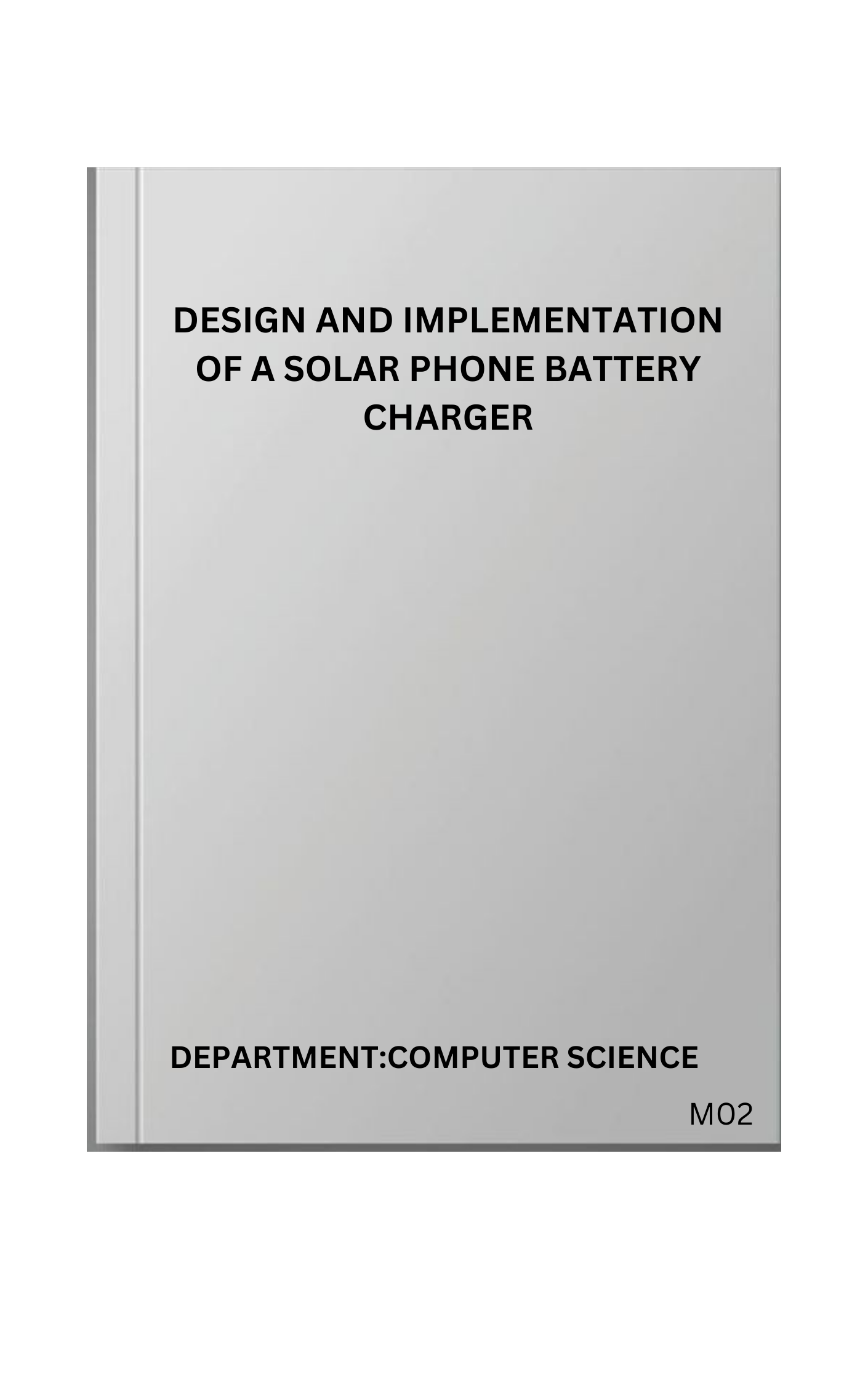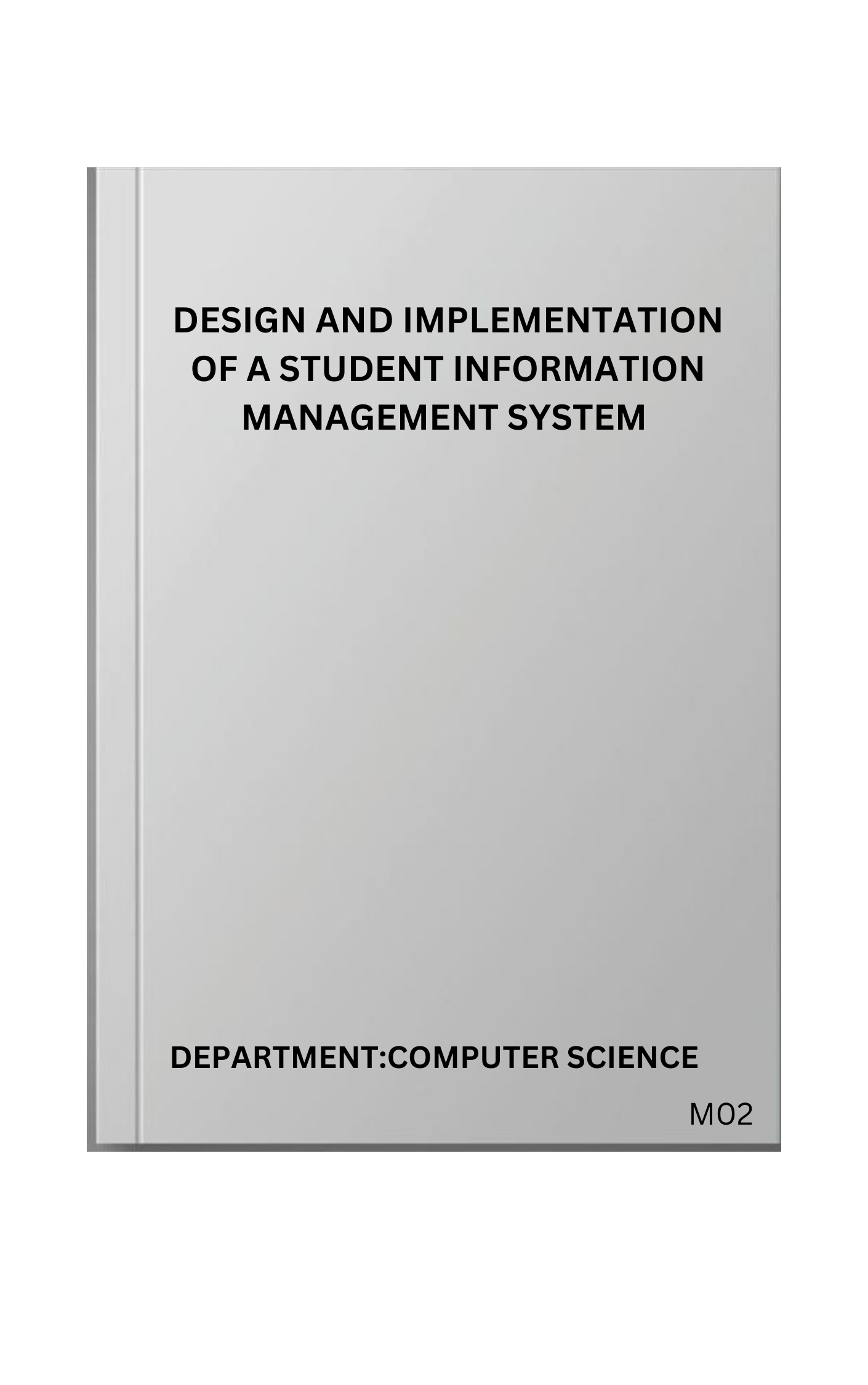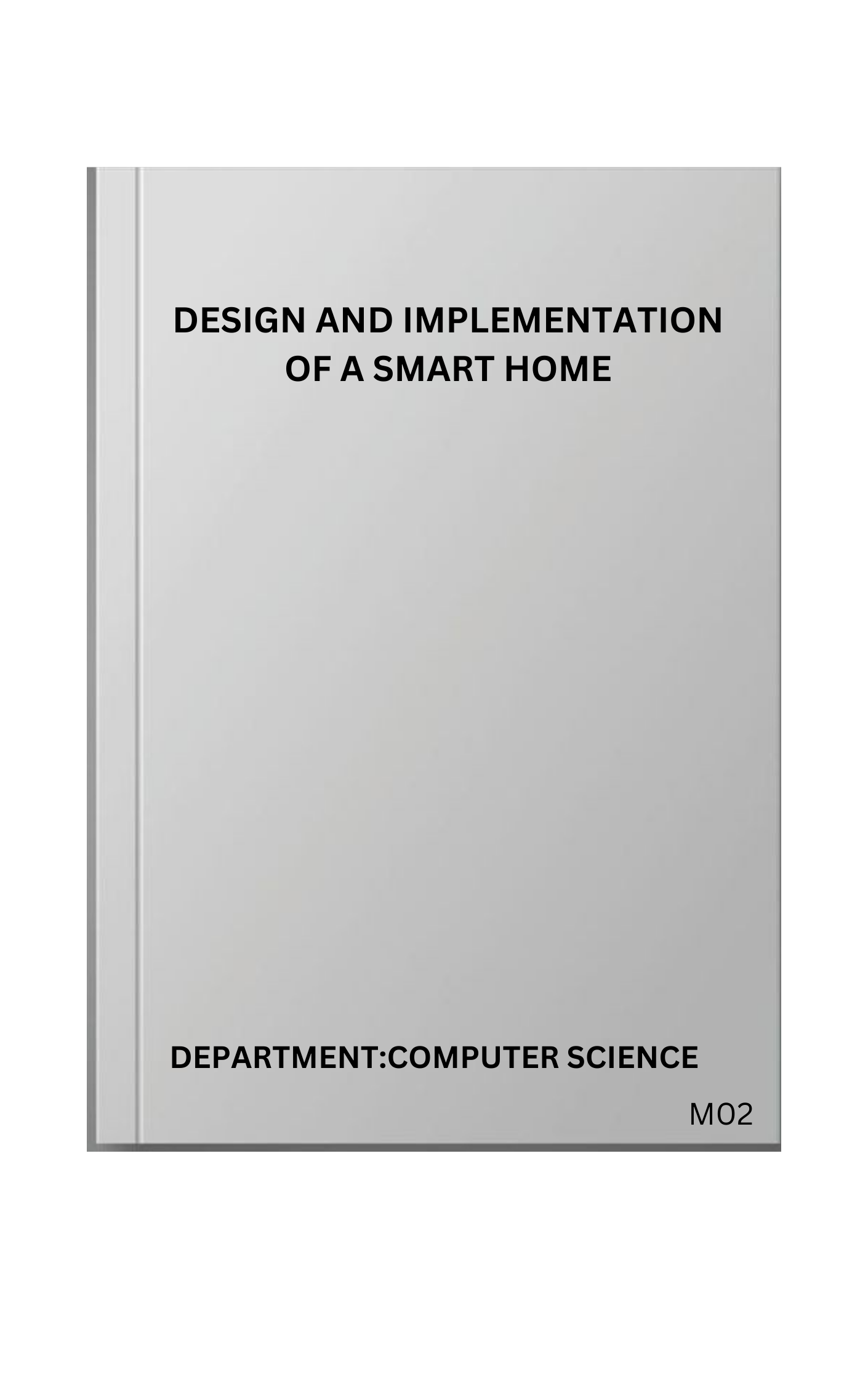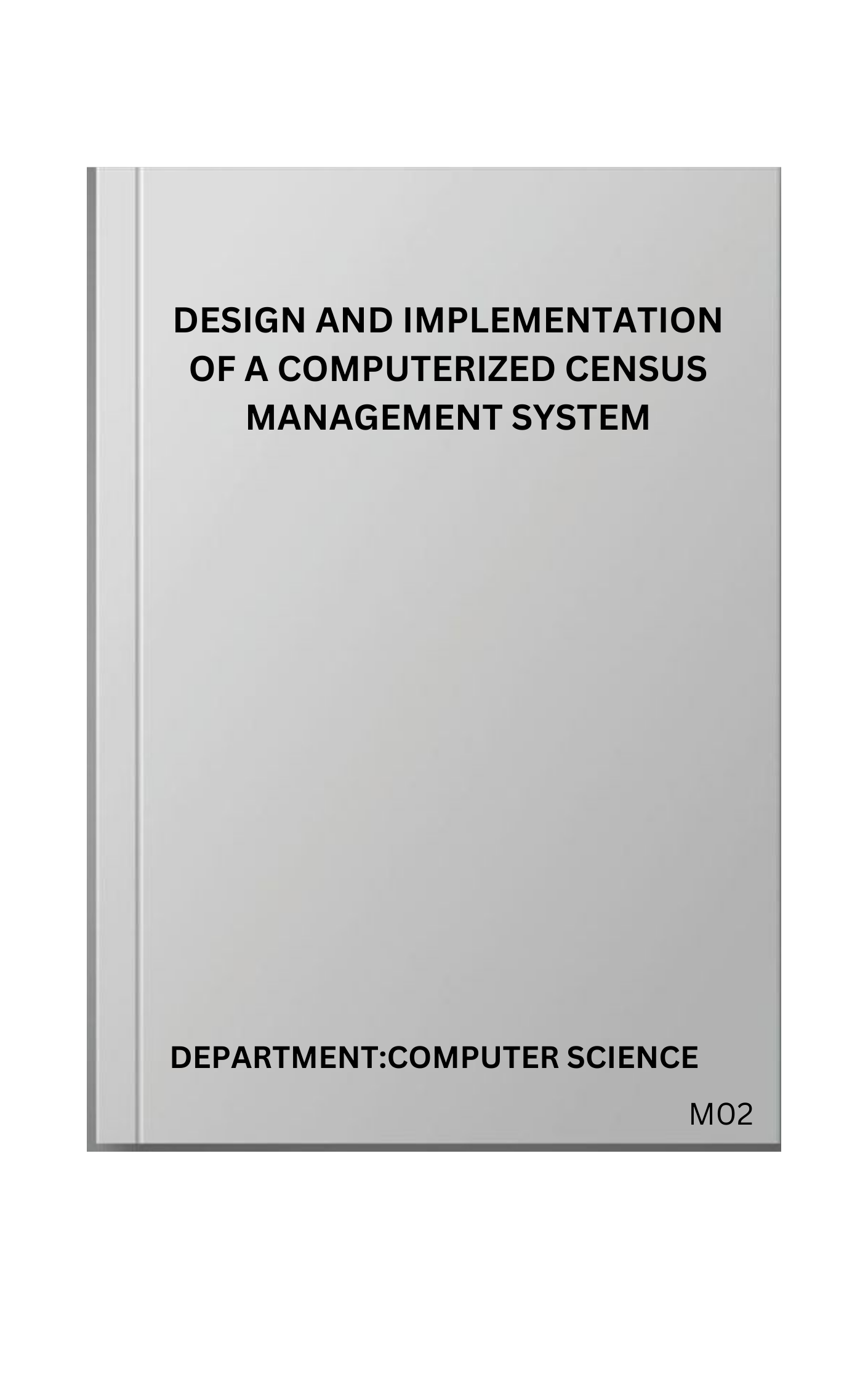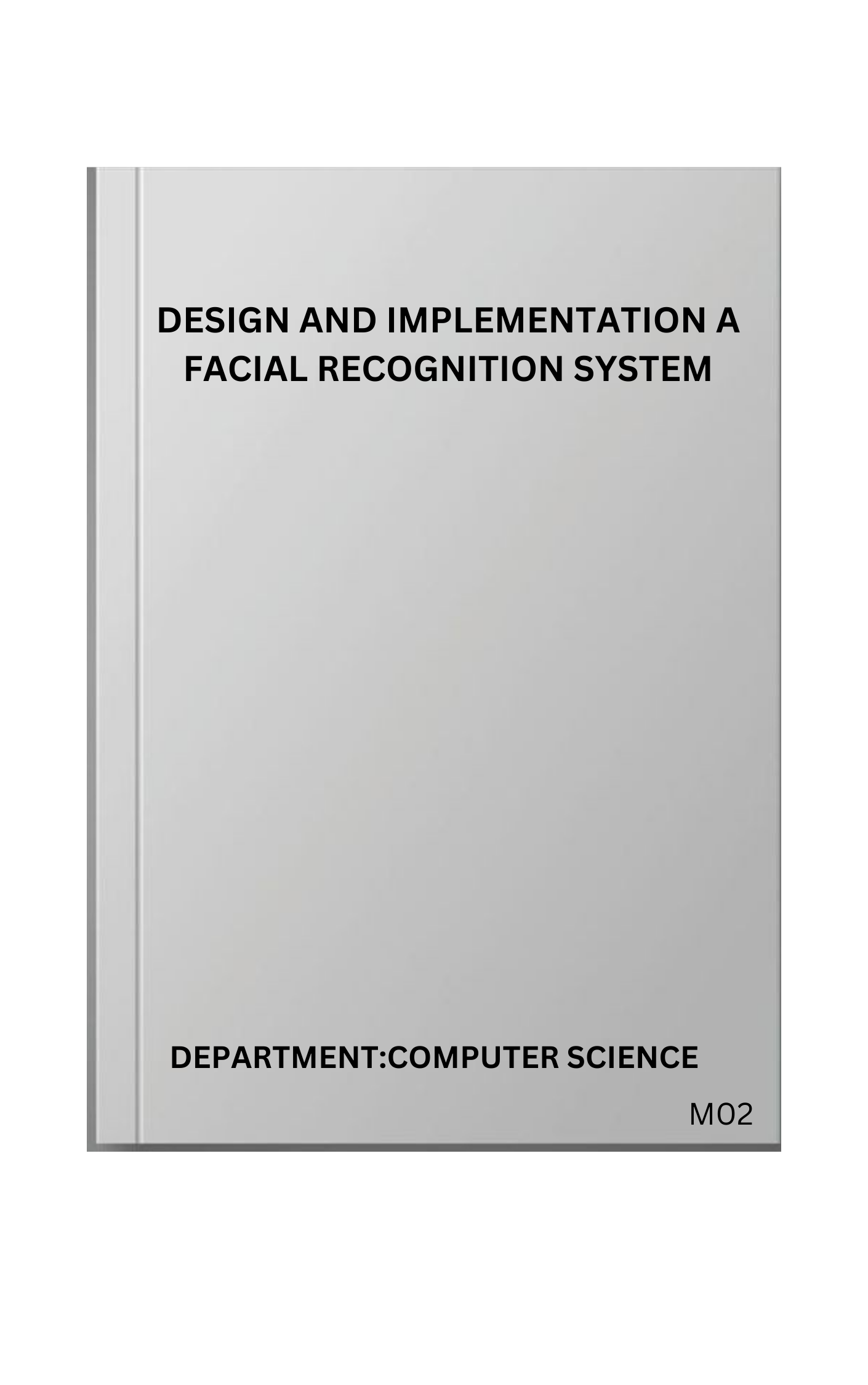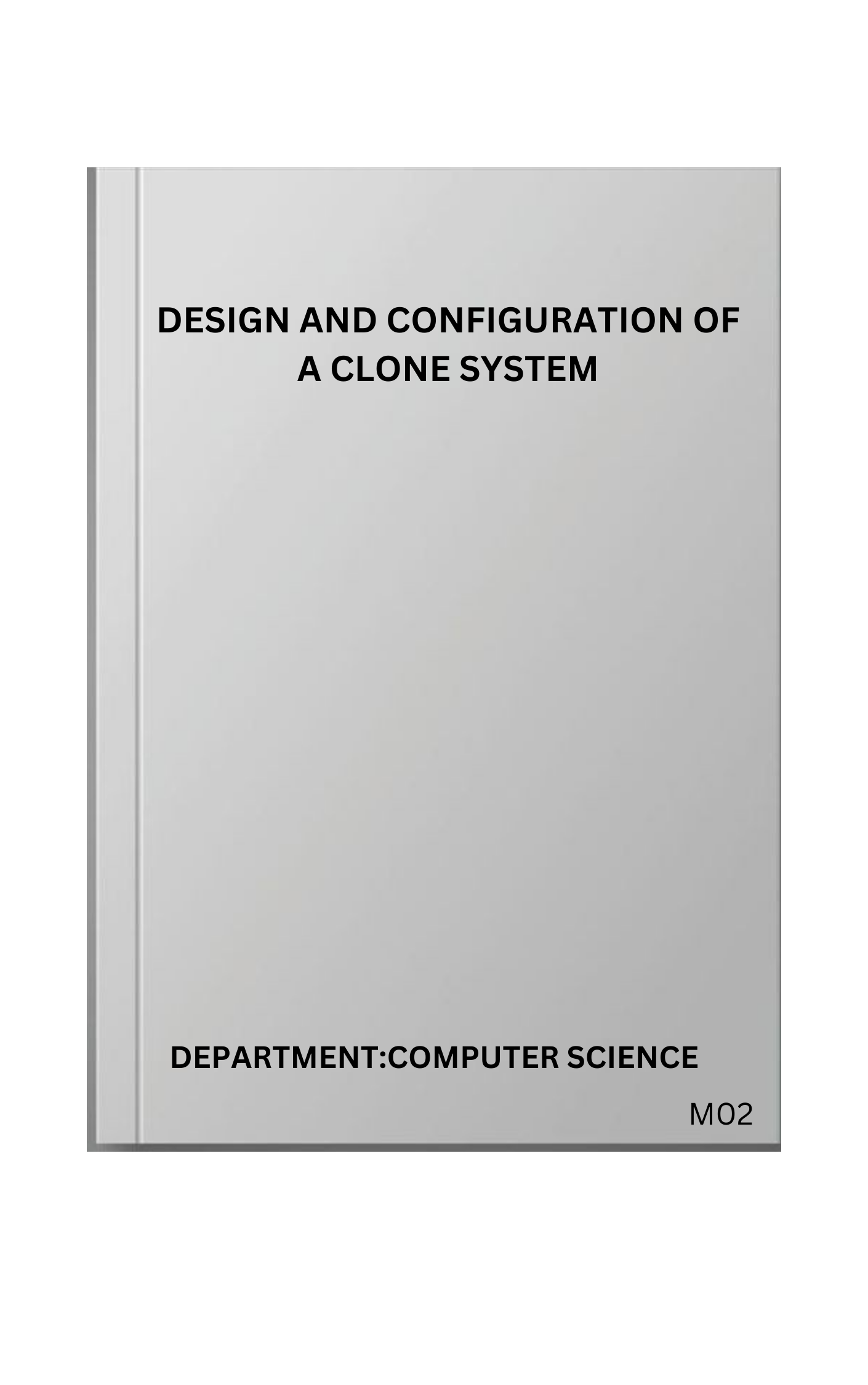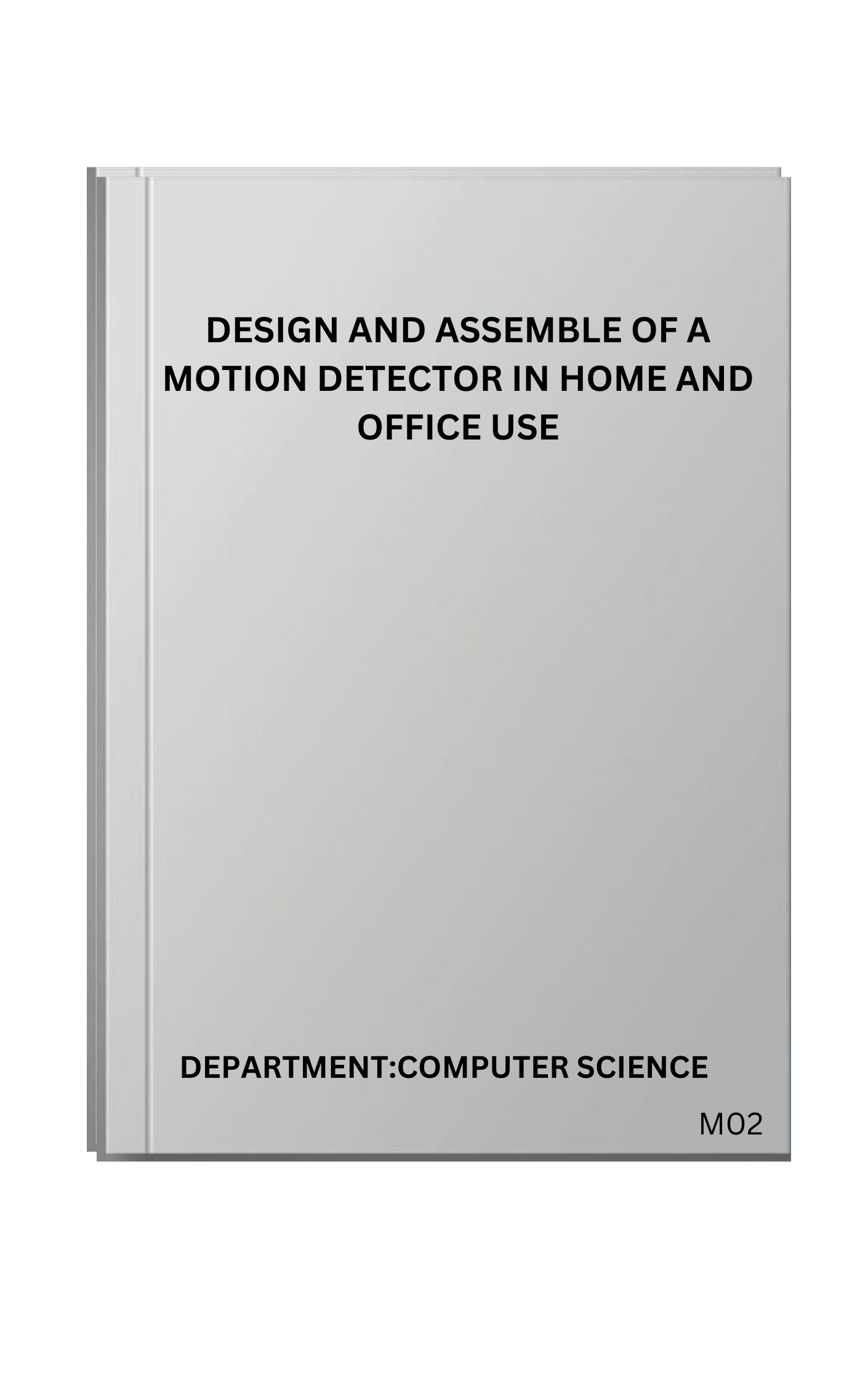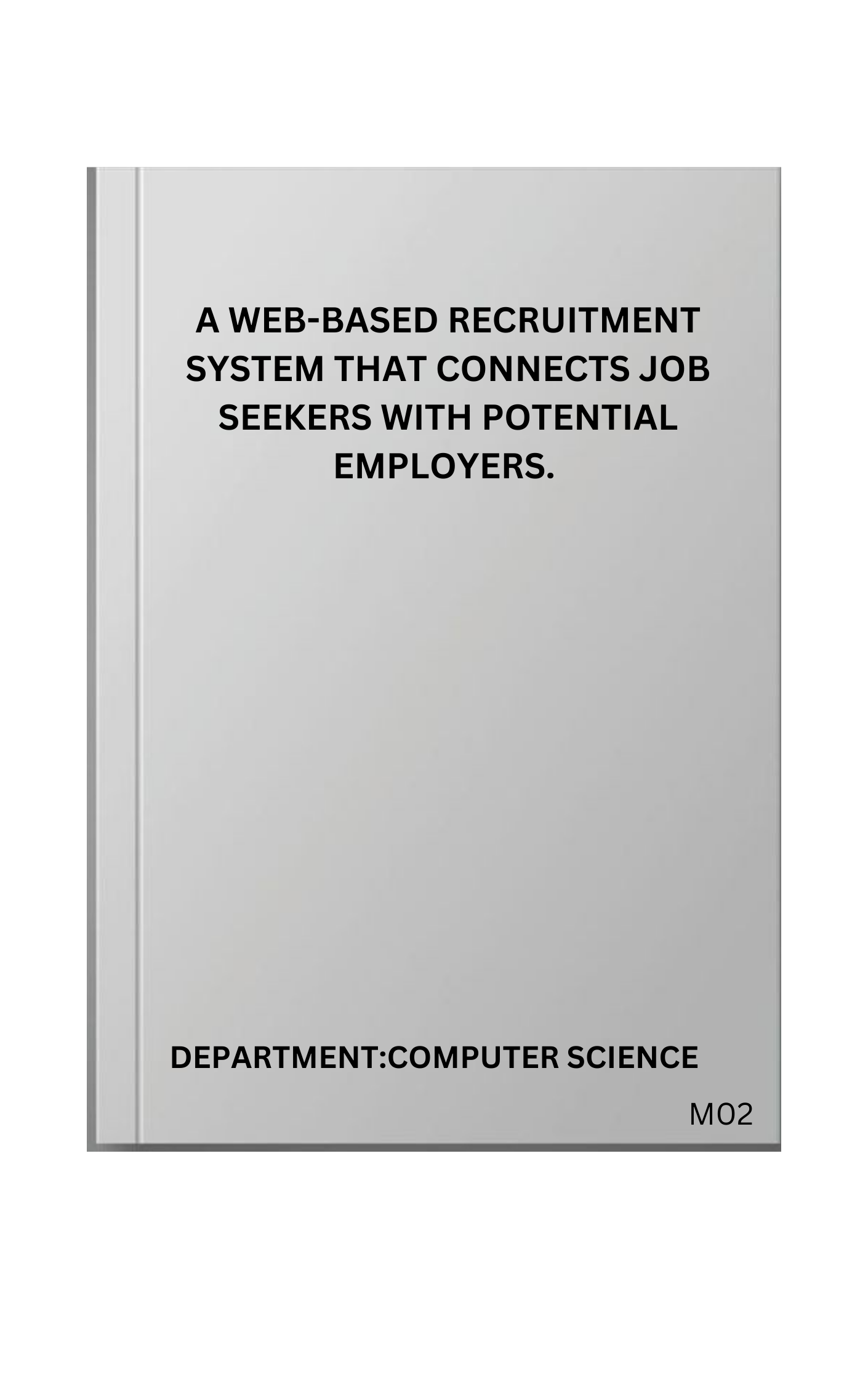CHAPTER ONE
INTRODUCTION
1.1 Background of study
The SMS (Short Messaging Service) is a text messaging service component of most telephone, internet and mobile device systems. It uses standardized communication protocols that let mobile devices exchange short text messages.
The SMPP (Short Message Peer-to-Peer) protocol is an open, industry standard protocol designed to provide a flexible data communications interface for the transfer of short message data between External Short Message Entities (ESME), Routing Entities (RE) and Message centers (MC). It is a means by which applications can send and receive SMS messages to and from mobile devices. Applications do this using an SMPP connection to a Short Message Service Center (SMSC), SMPP gateway or hub. SMPP is capable of carrying any text message type.
The SMPP protocol today (in 2023) is most often used to transfer message between businesses and SMS service providers. Businesses operate SMS sending application hosted in their data center. These applications connect to the SMS service providers using the SMPP protocol. The SMPP protocol is based on a (TCP/IP) Transmission Control Protocol/Internet Protocol link that is established between a computer in the data center of the business and the computer of the SMS service provider.
The computer of the business that is sending the messages is called the SMPP client. The computer of the service provider, who is responsible for delivering the SMS messages to the mobile network, is called the SMPP server. The SMPP server is also often referred to as Short Message Service Center (SMSC) or Message Center (MC). The SMPP link between the SMPP client and the SMPP server is most frequently a secure VPN connection.
Short Message Peer-to-Peer (SMPP) is used as an access protocol, or Short Message Service Application Programming Interface (SMS API), by SMS gateways worldwide. Other SMS APIs such as Hypertext Transfer Protocol (HTTP), Simple Mail Transfer Protocol (SMTP) and Extensible Markup Language (XML) are also often offered. SMPP is preferable to these other Short Message Service Application Programming Interface (SMS API) because it is ideal where significant volumes of SMS are sent and/or received, when an industry standard protocol is preferable for development and maintenance purposes. In SMPP terminology, an SMS gateway is referred to as a Routing Entity (RE). However, they may be called an External Short Message Entity (ESME) in the context of the SMPP communication with an SMSC.
SMS gateways are used to bridge between applications that need to send and/or receive SMS and a mobile network’s Short Message Service Center (SMSC). As a result, SMS gateways provide a means of sending and receiving SMS between applications and mobile users. Providers of SMS gateway services include SMS aggregators and mobile operators.
The variety of messaging applications, particularly using SMS, for which SMPP can be employed, is almost boundless. Mobile operators, Message Center Vendors, Infrastructure providers, and application developers are continually developing new applications for SMS. SMPP is ideal as an access protocol for these applications. The following are some typical applications of SMPP:
Marketing: businesses send promotion to customers as text messages.
Booking confirmations: hotels, restaurants, taxi; confirmations via SMS are better than email when it comes to immediate notification.
Appointment reminders: it is used by businesses to remind customers of appointments and avoid the financial impact and/or impact on customer of a missed appointment.
Two-factor authentication/OTP: using SMS to send a code that is used as second factor to verify the identity of an individual used for logins.
An SMPP gateway is an SMS delivery software installed on the computer of businesses. The SMPP gateway uses the SMPP protocol over the internet to send and receives SMS messages to SMS services. Business users can use the SMPP gateway in various ways. Office users prefer to use E-mail to SMS or Excel to SMS solutions, while software developers write SMS applications using an Application Programming Interface (API), or use a structured query language (SQL) to SMS setup.
1.2 Statement of the problem
This section deals with the identification of the problems associated with the current system. Although several businesses, organizations, schools etc. have adopted web-based Short Message Service (SMS) mailing. But this section of this project is about identifying judiciously the problems associated with the non-web-based mailing platform, these problems are highlighted below:
1.2.1Character limit: SMS is a service that lets you send up to 160 characters of plain text to customers. Your messages are limited to only 160 characters. Anything longer and you risk your message breaking up into several smaller messages. This means one offer to a customer could bombard them with three or four notifications.
1.2.2Ability to send media: SMS text messaging does not support sending media, including videos, pictures, melodies or animations. Other mailing platforms like MMS allow you to send media such as GIFs, videos, audio and pictures. This makes them a more engaging mode of messaging compared to SMS. SMS lets you send a plain text, and sometimes emojis, depending on your device. However, when you use emojis in an SMS, they take up too many characters, limiting the length of the message.
1.2.3Smaller list: Another email account may be easy to create, but it’s not quite so simple (or cheap) to purchase another phone number. That’s one of many reasons consumers are more protective over their mobile contact information. Since consumers demand more SMS communication from businesses, don’t expect your SMS list to be as large as your email list.
1.2.4Extra channel to manage: SMS mailing in mostly marketing isn’t just something you can jump into willy-nilly. It’s a channel you’ll need to manage thoughtfully and proactively. You need to be consistent, responsive, and strategic. It’s another channel to manage and will take and resources.
1.2.5False negation: sending SMS text messages also requires receiving Delivery Reports (DLR) from carriers or operators. When the operator fails to respond with the correct receipt, the sender is not notified of the delivery and marks it as failed.
1.2.6Cost: A disadvantage for SMS text messages is that it is not free. Every mobile carrier charges for the service. Most sell bundles of text messages, such as bundles of 200, 500, 1000, as well as unlimited, for different monthly fees. Once you go beyond your text message limit, you'll be charged a small fee per message, which can sneak up on you. When other users sends you a message that goes beyond the 160 character limit, the message will count as two rather than one; therefore, monitoring SMS texts becomes a necessary economic chore.
1.3Aim and objectives of the study
1.3.1 Aim
The aim of this project is to develop a web-based SMS mailing platform using SMPP Protocol, which will help individuals, businesses, organization and etc. to send or receive text without going through or facing the limitation the non-web-based system offers (Adekunle et al., 2017).
PAY AND GET THE COMPLETE PROJECT

